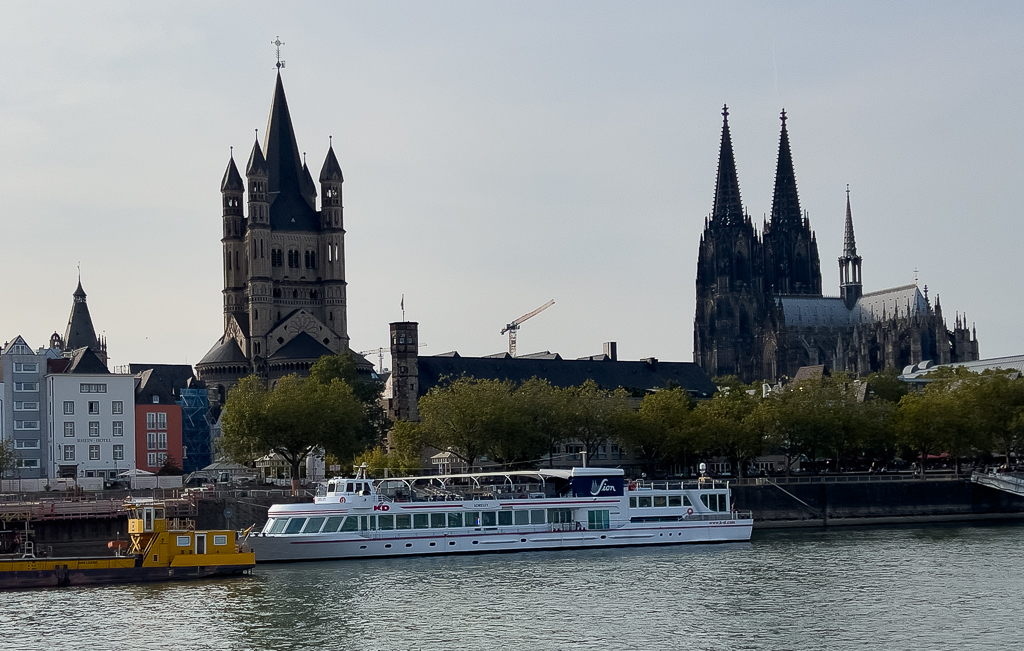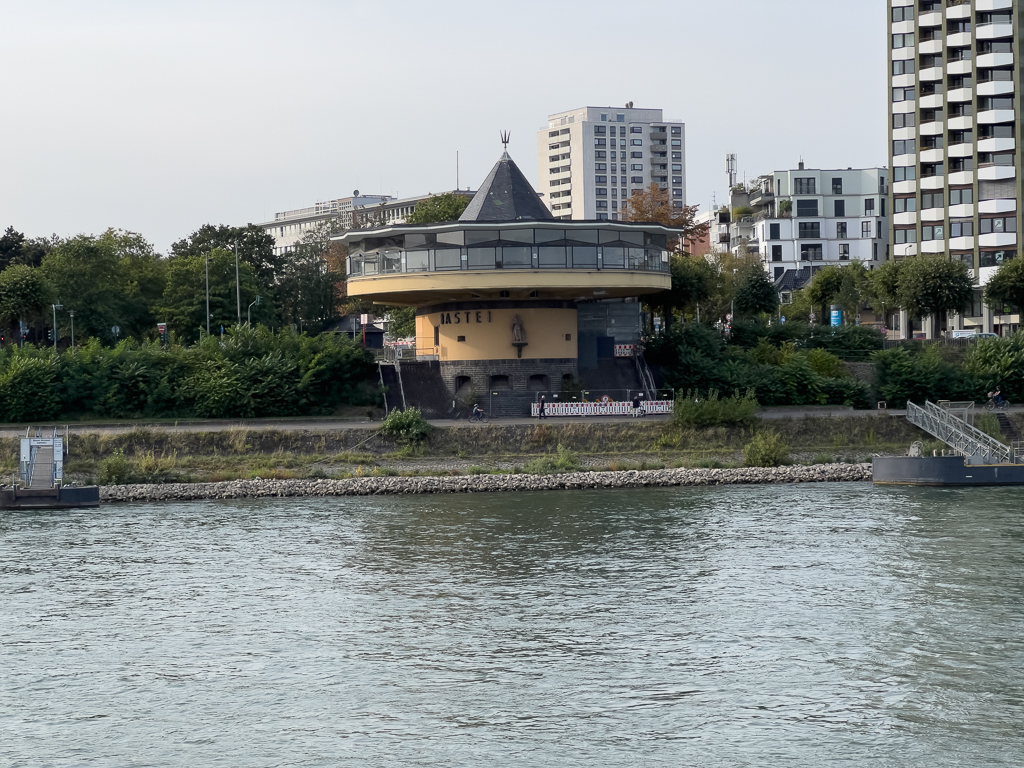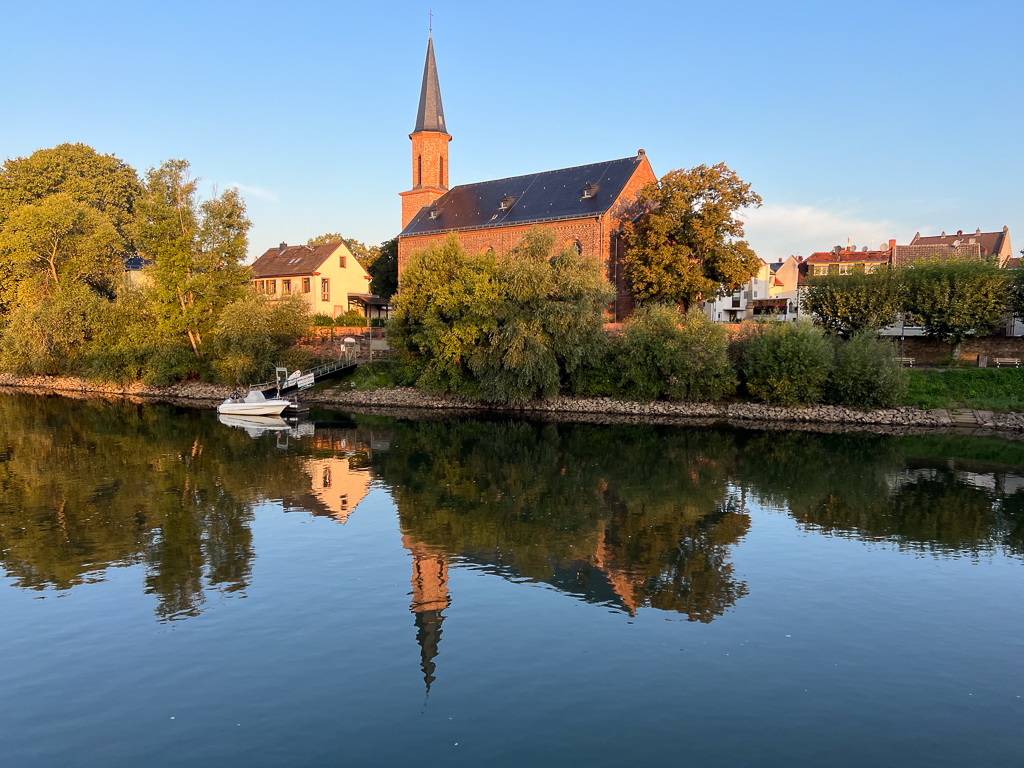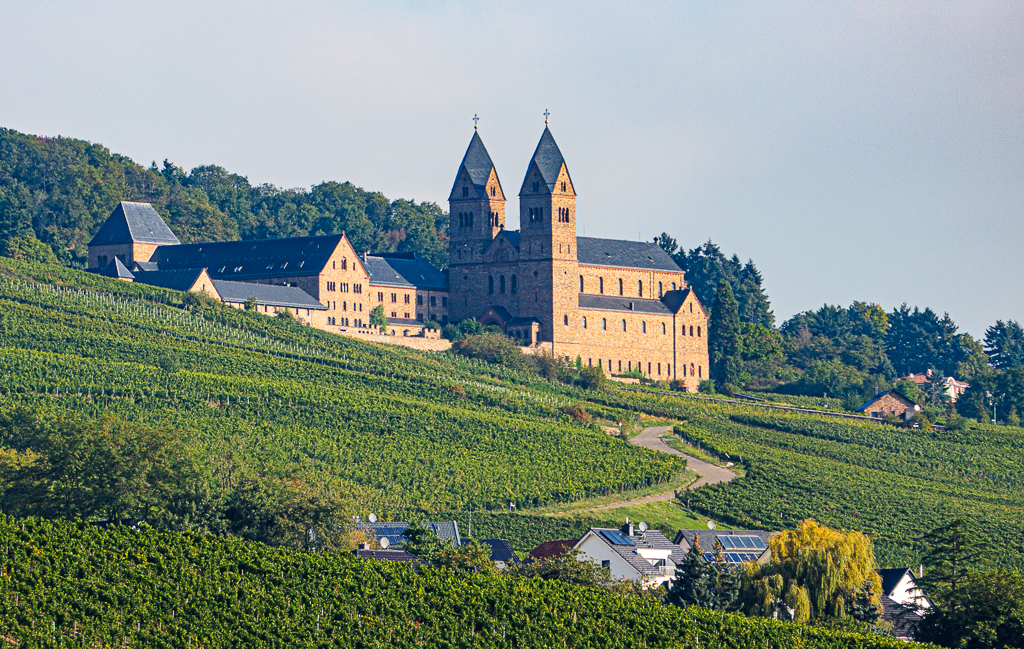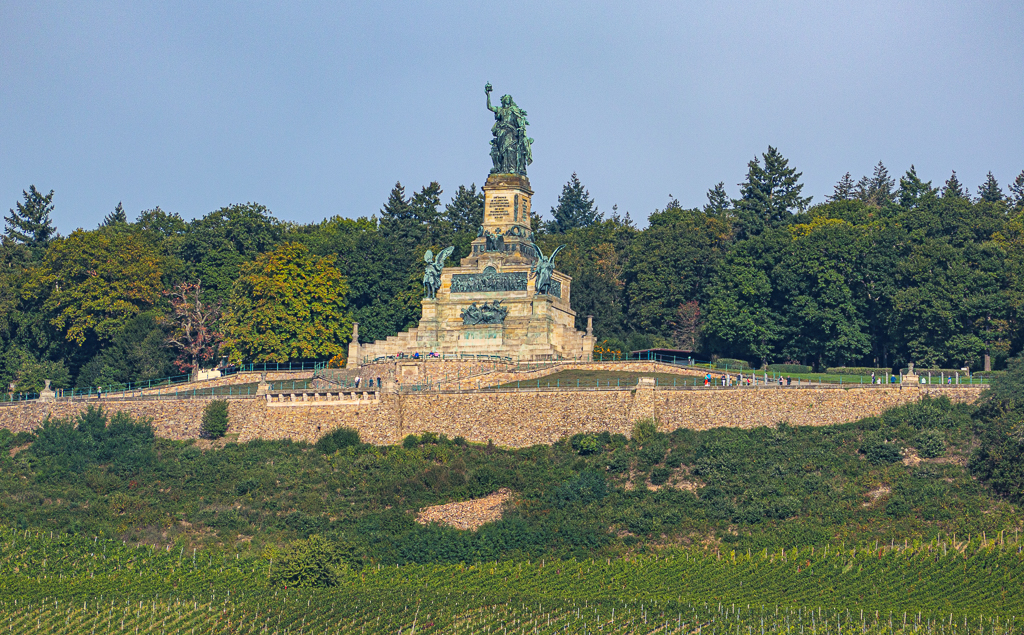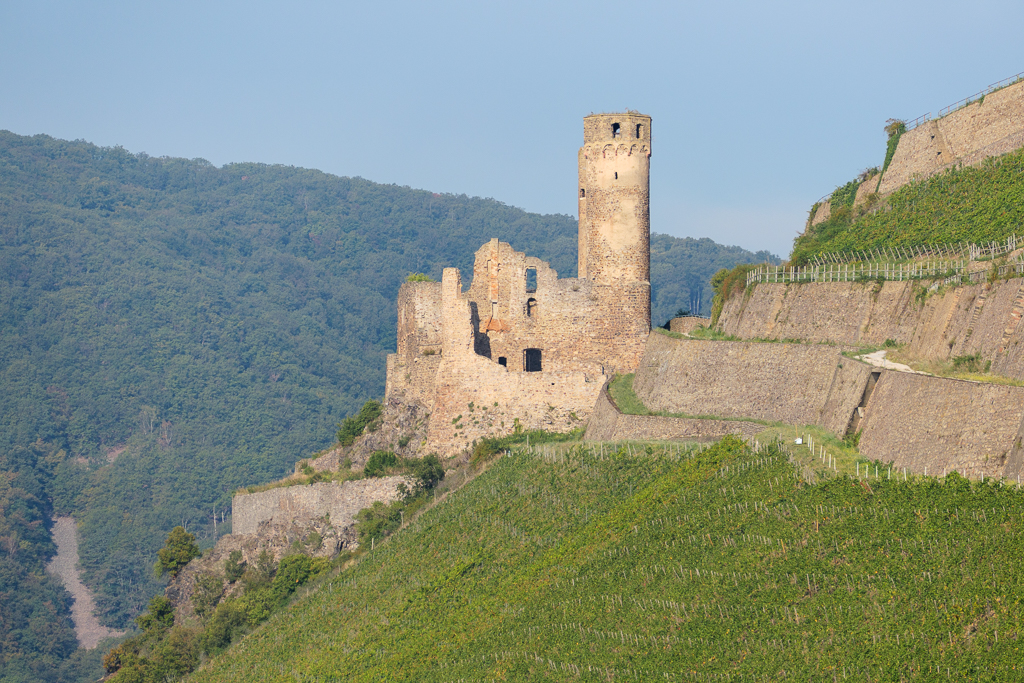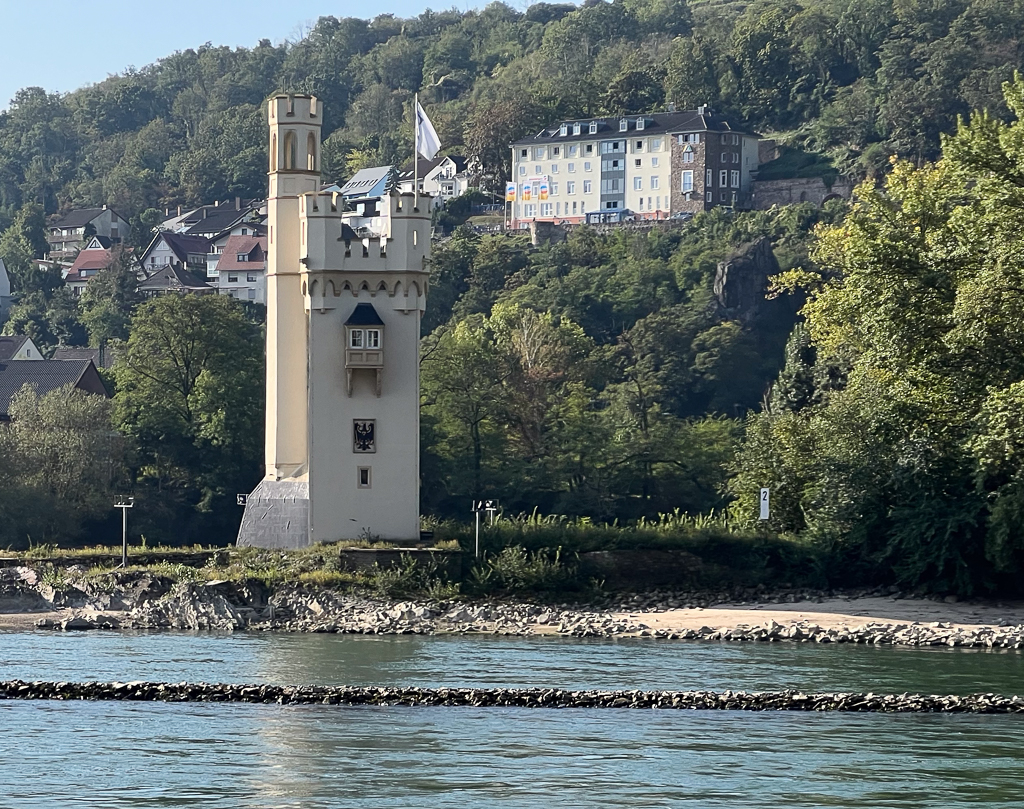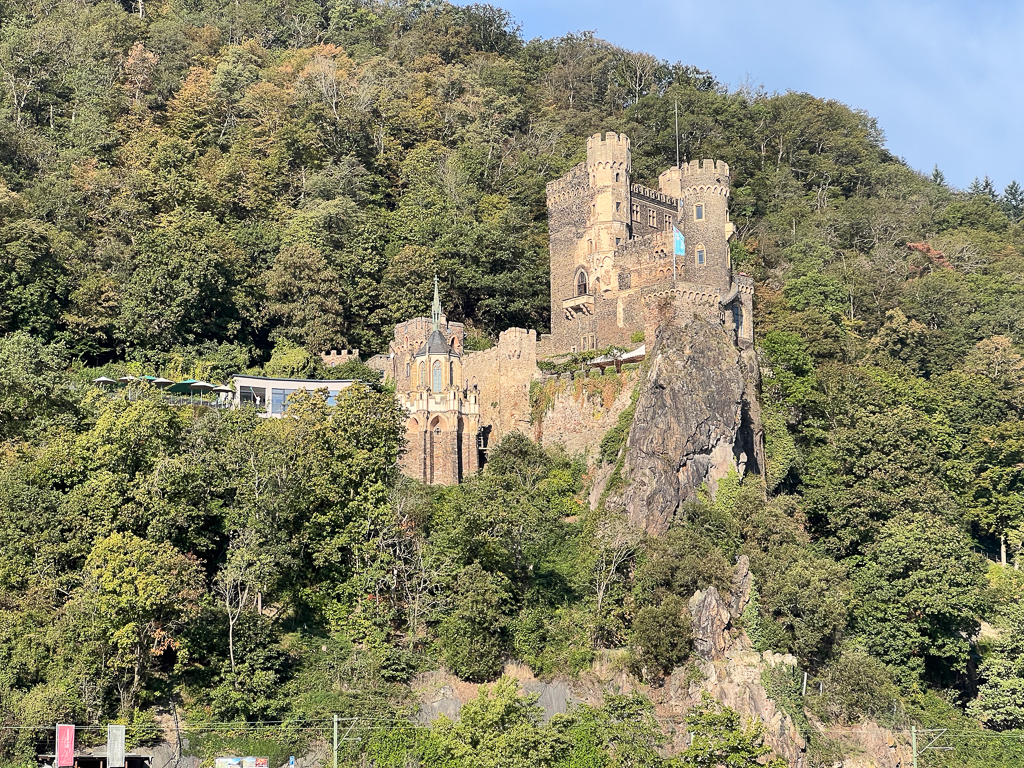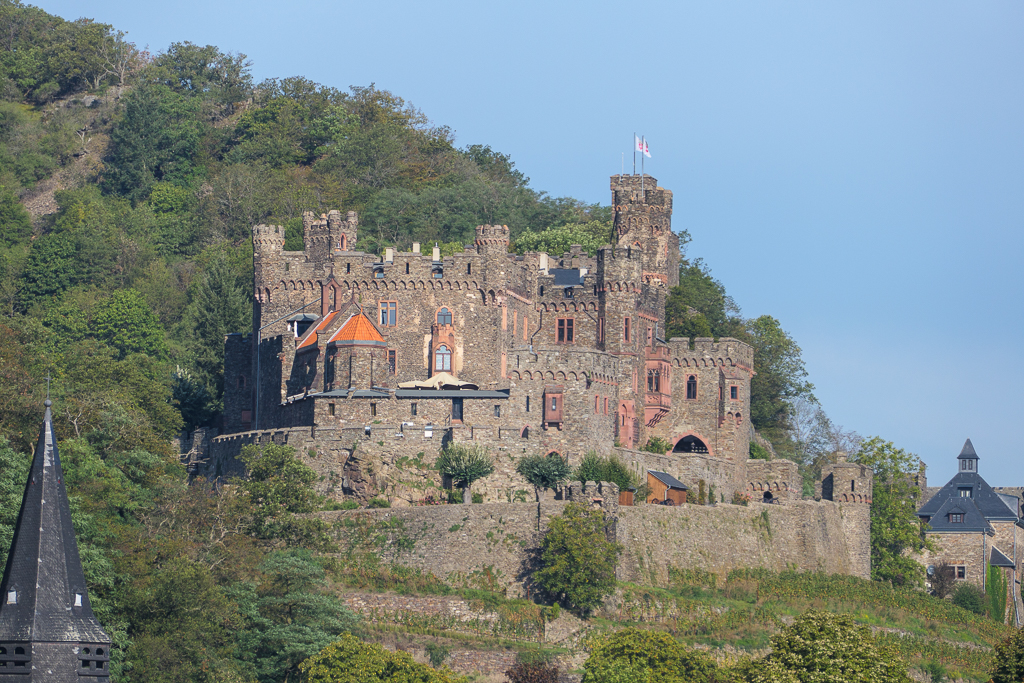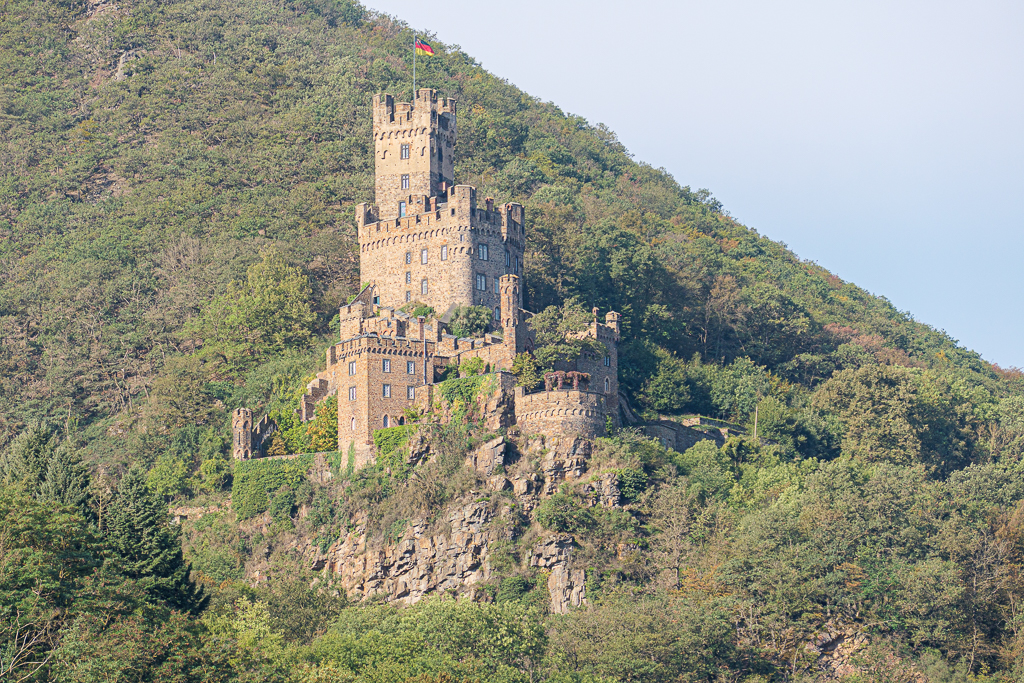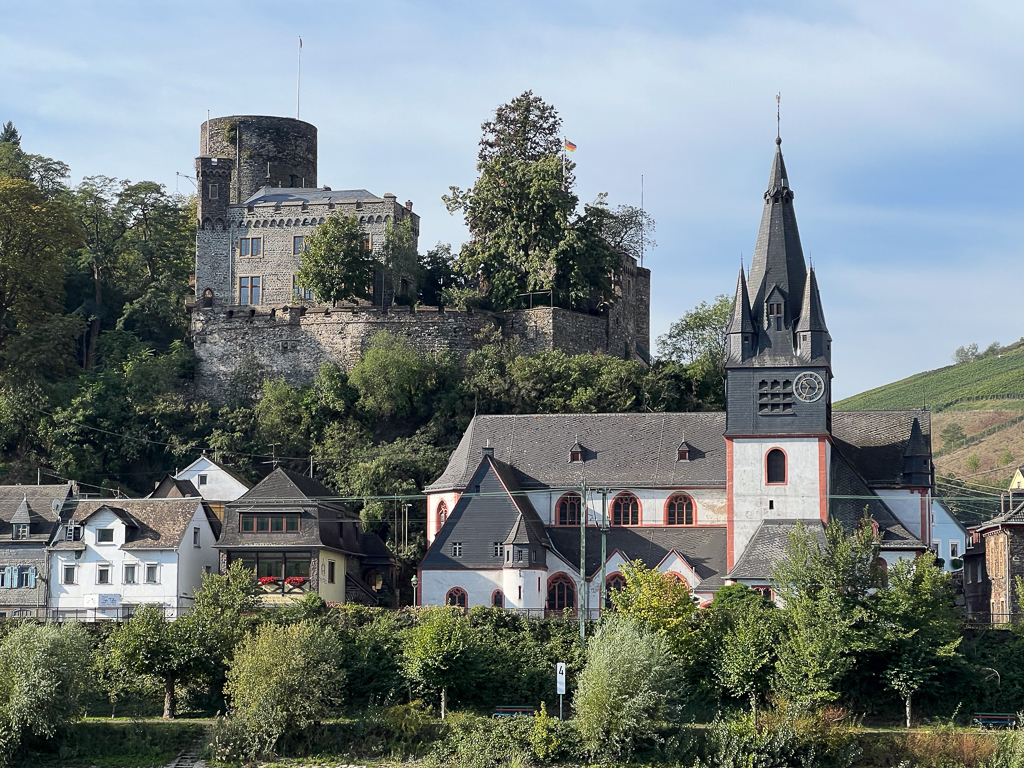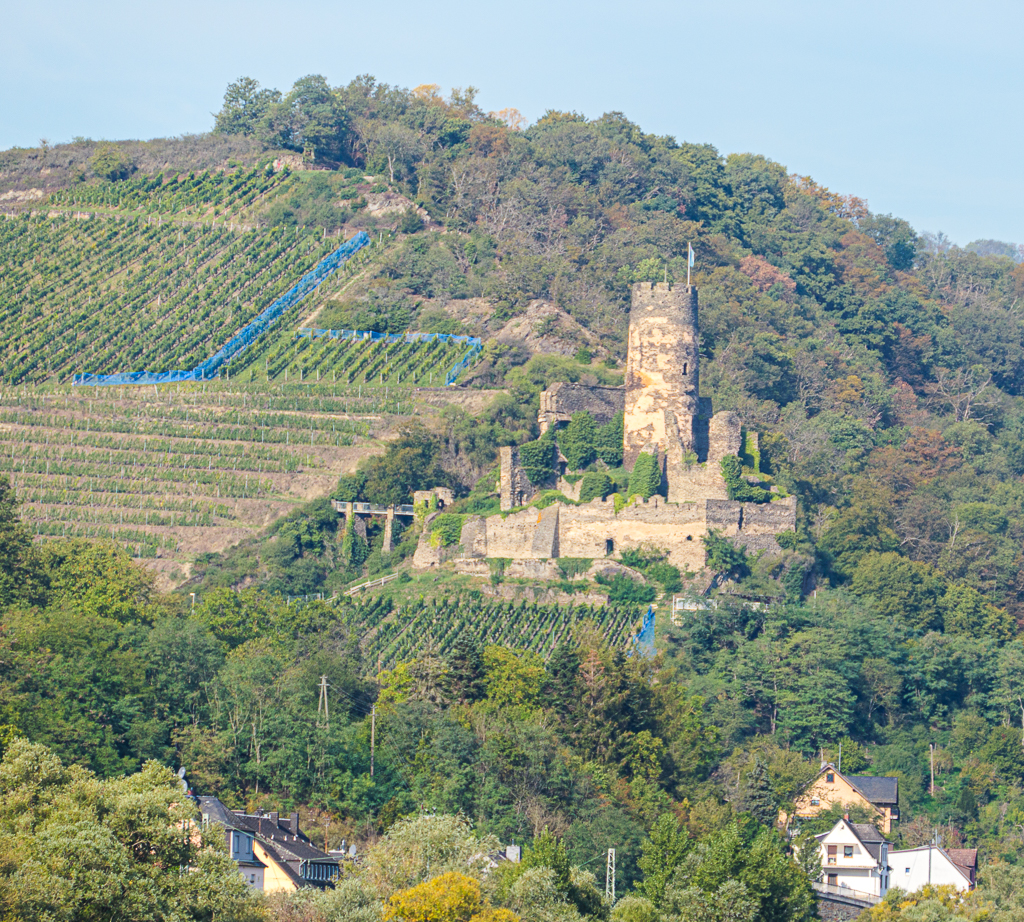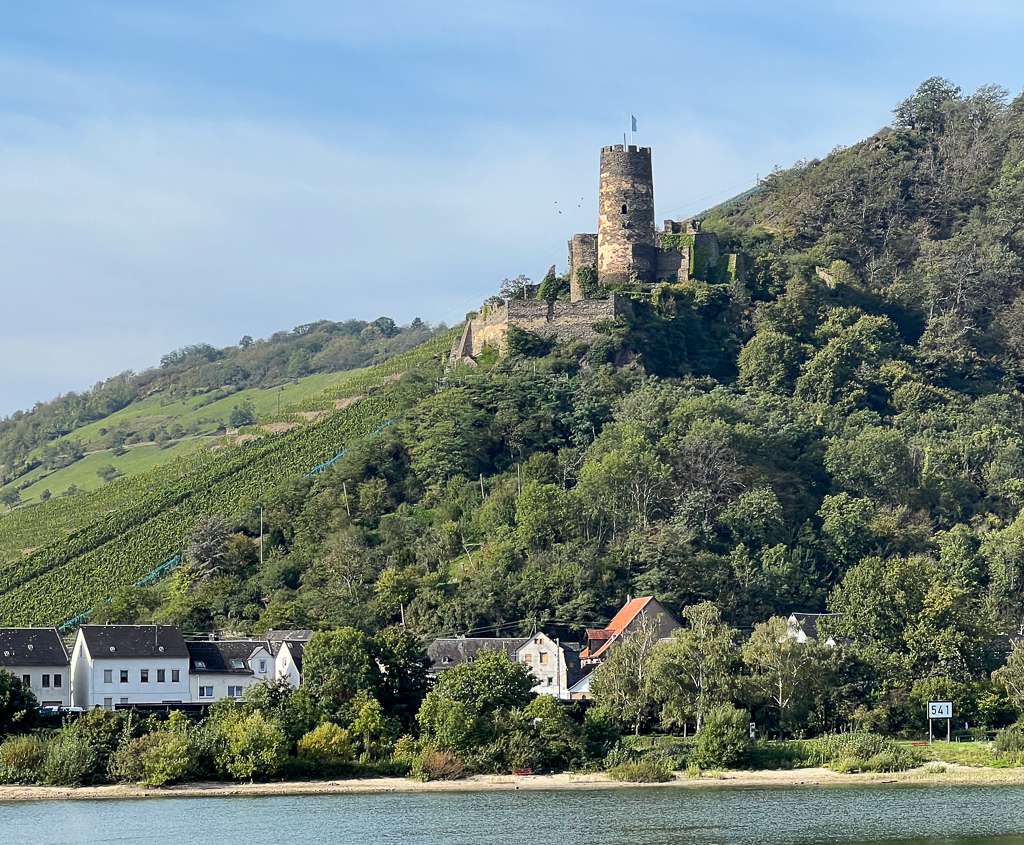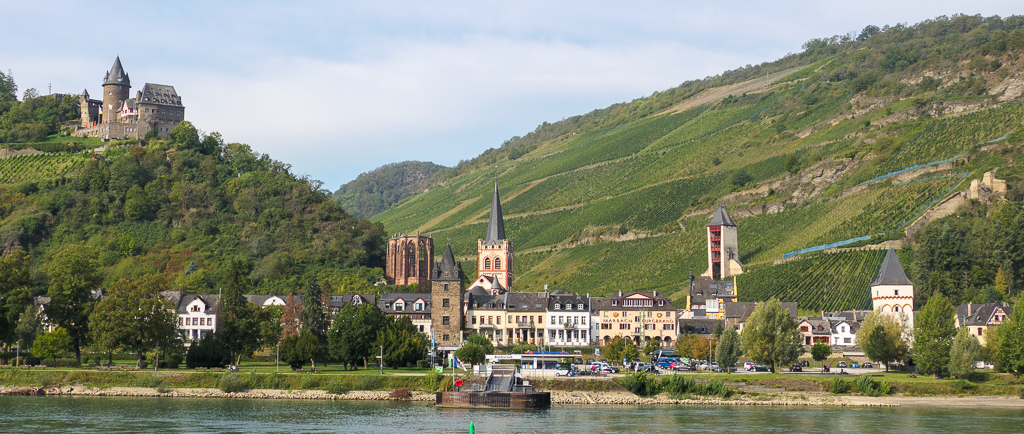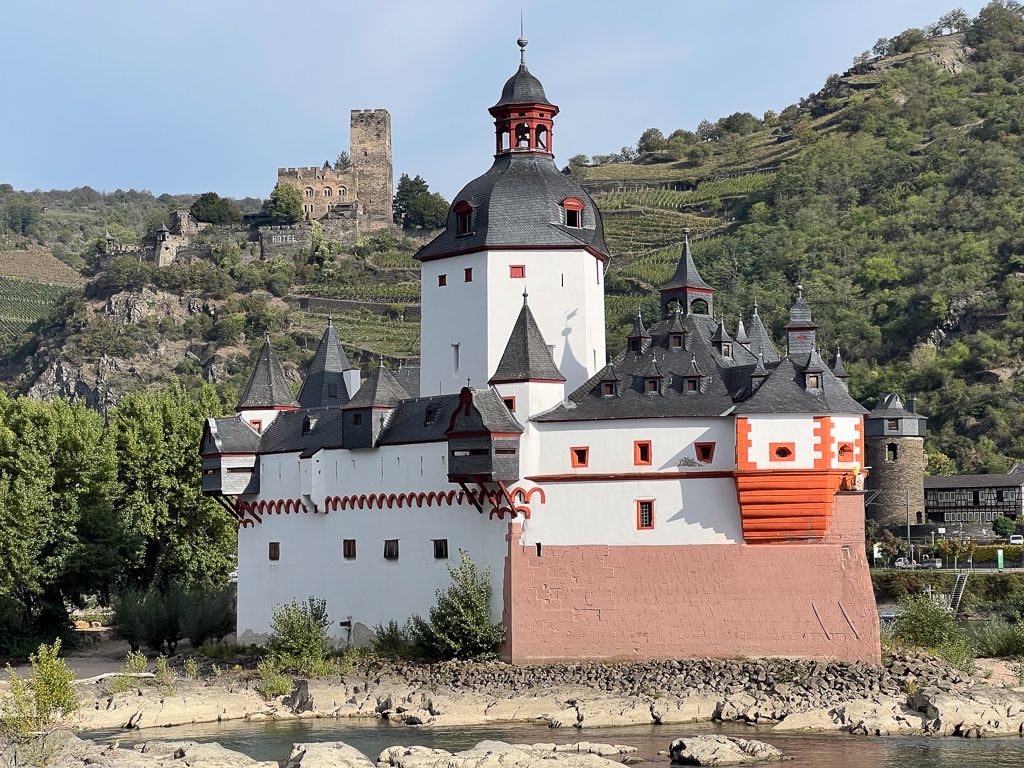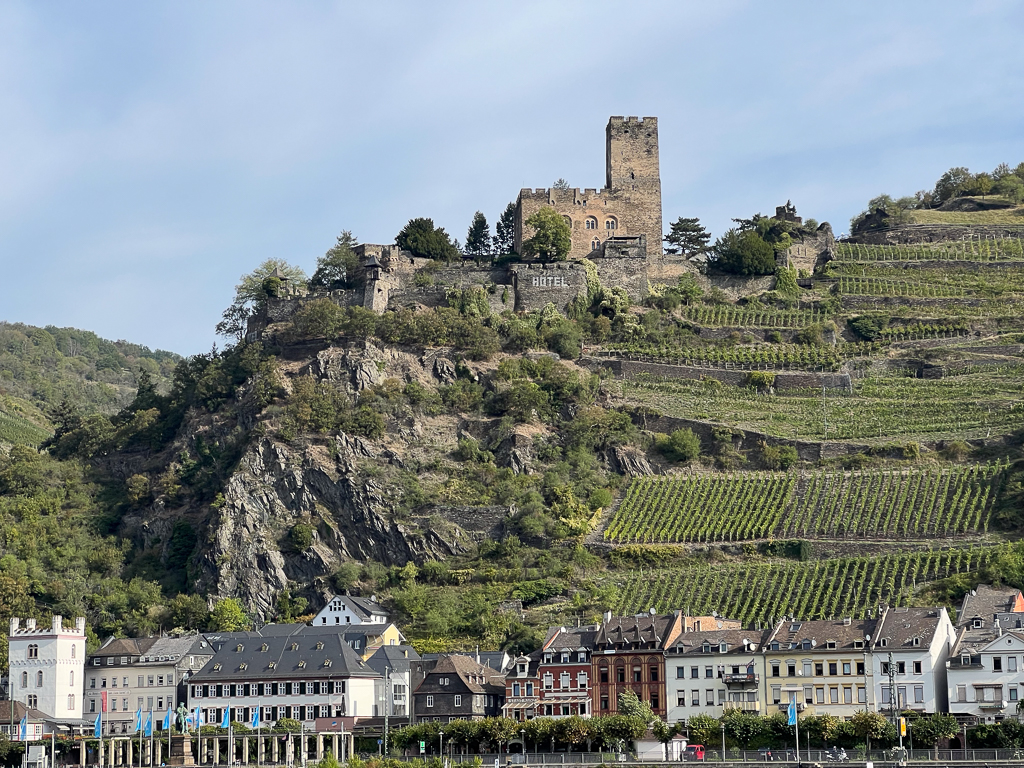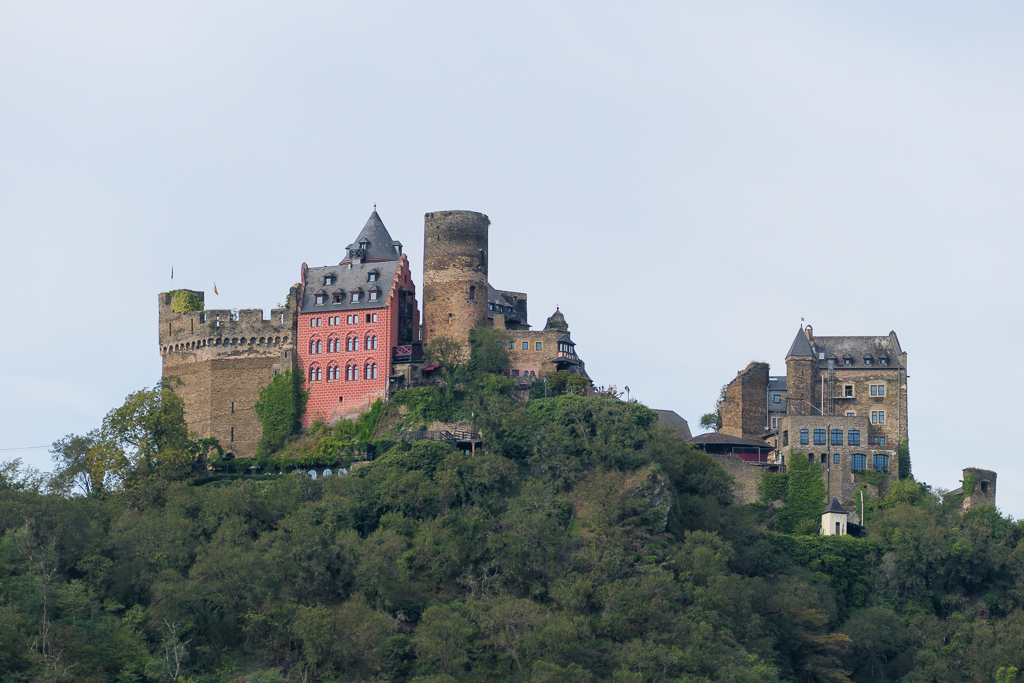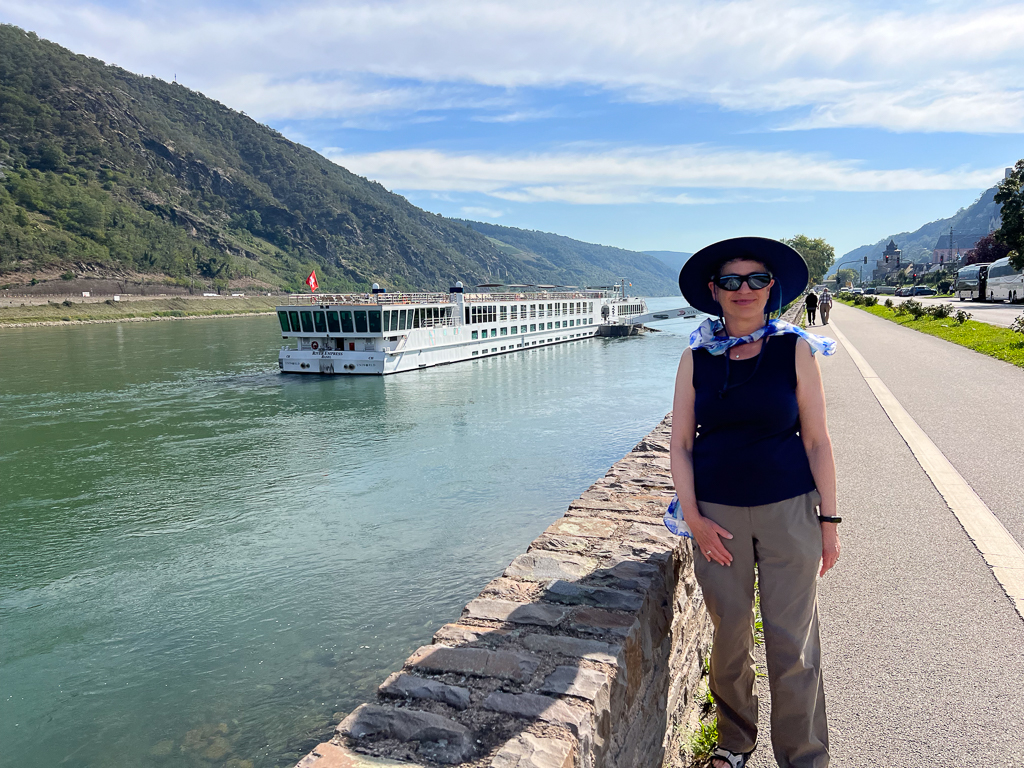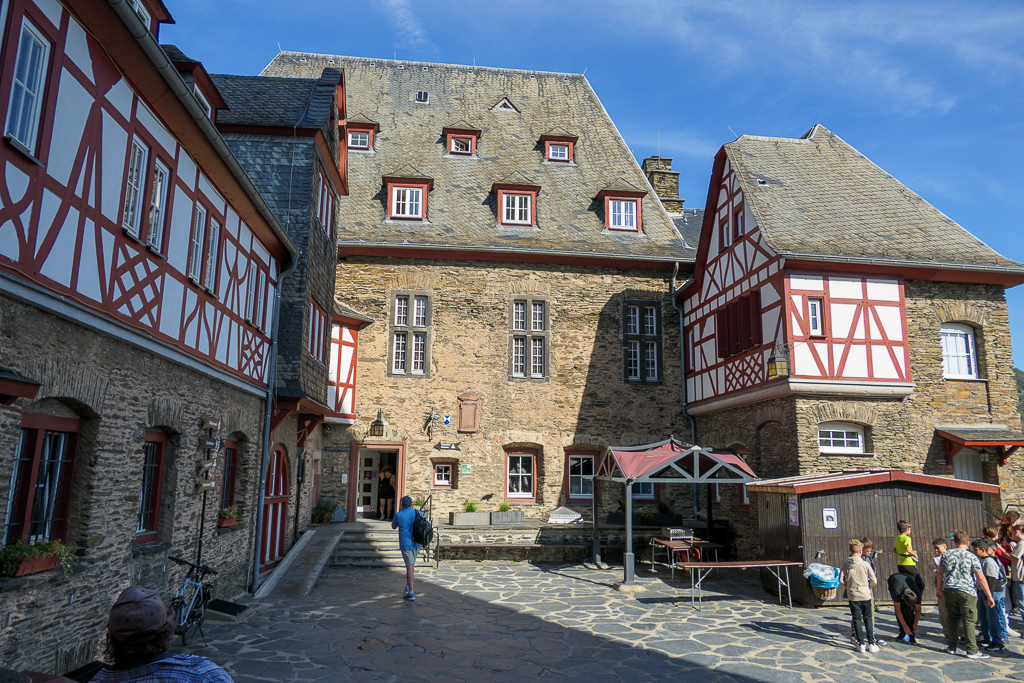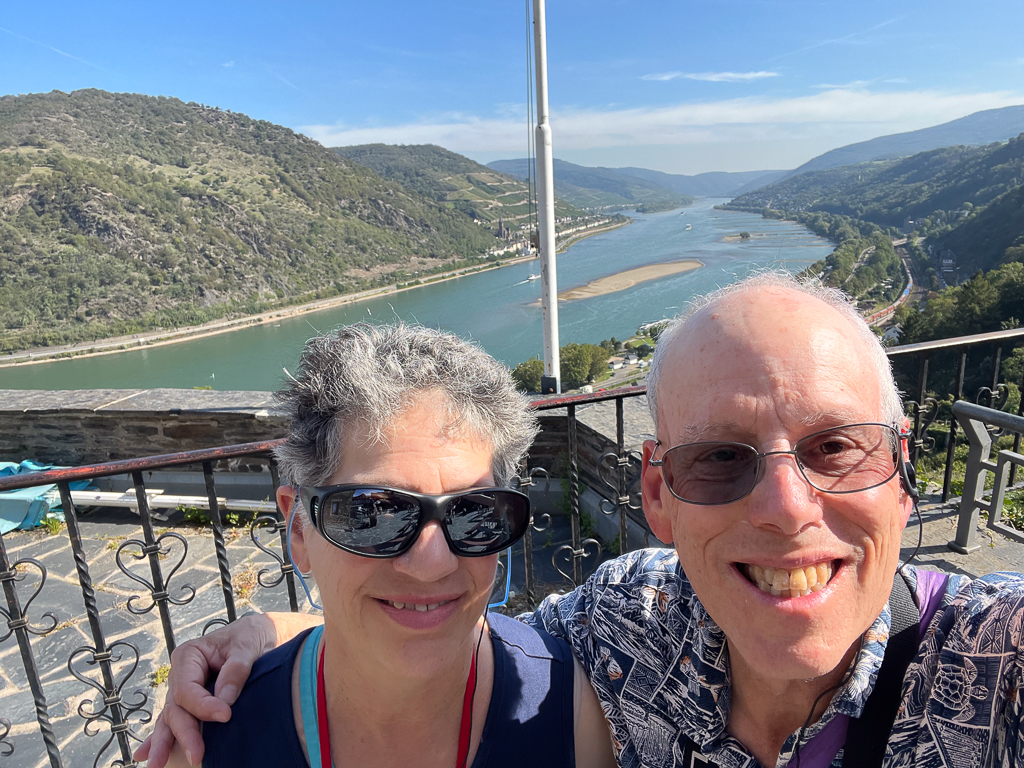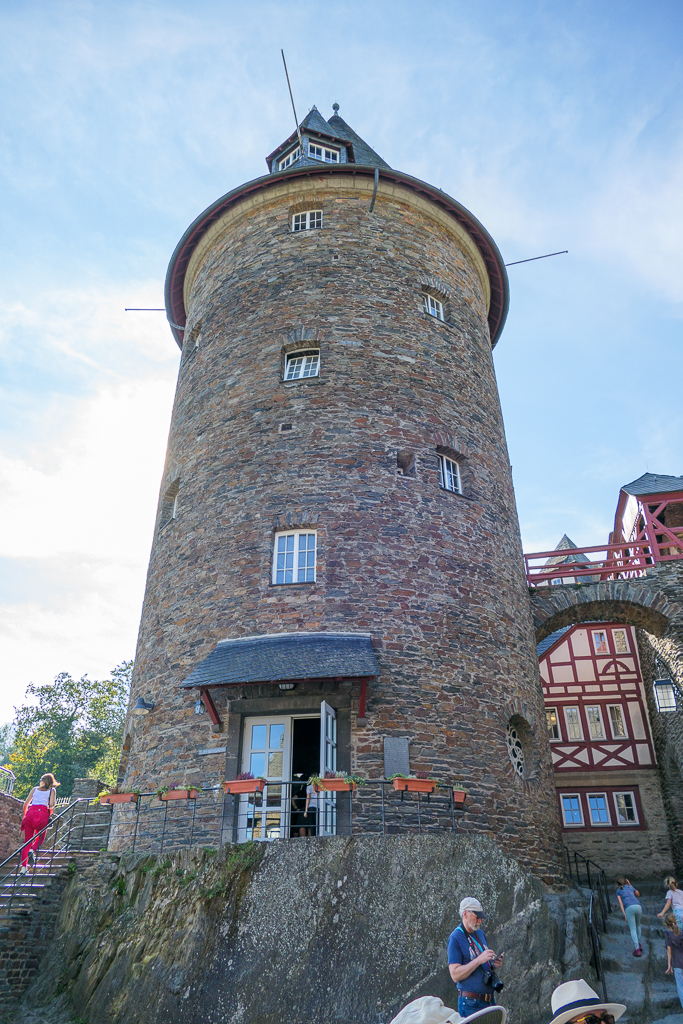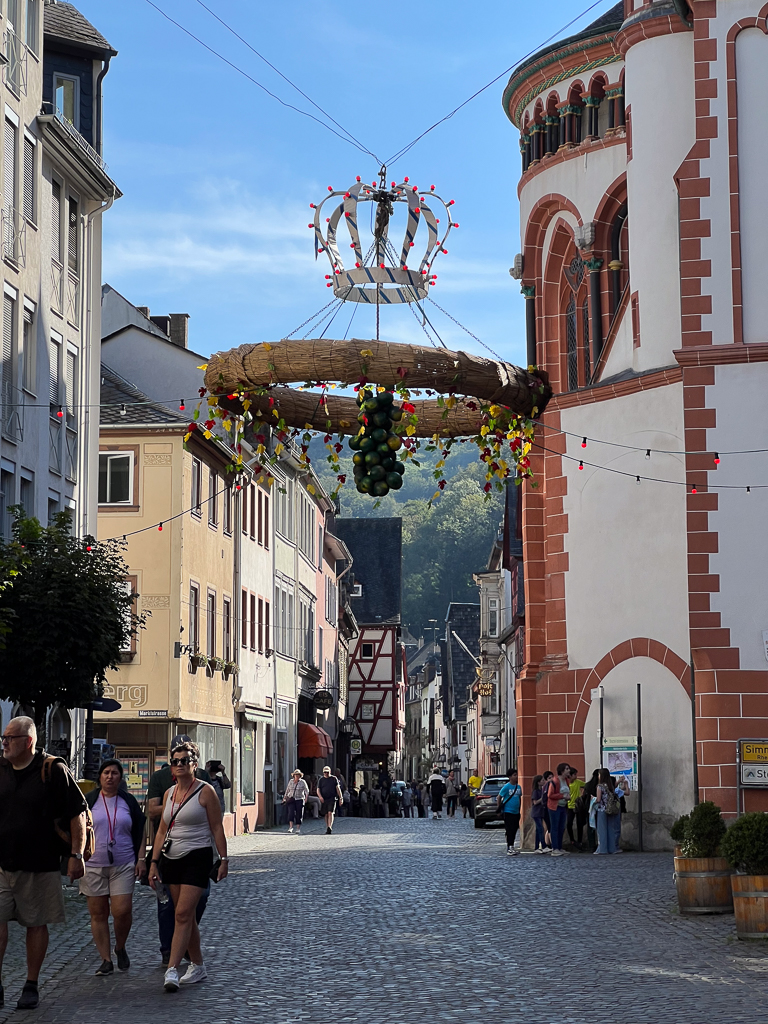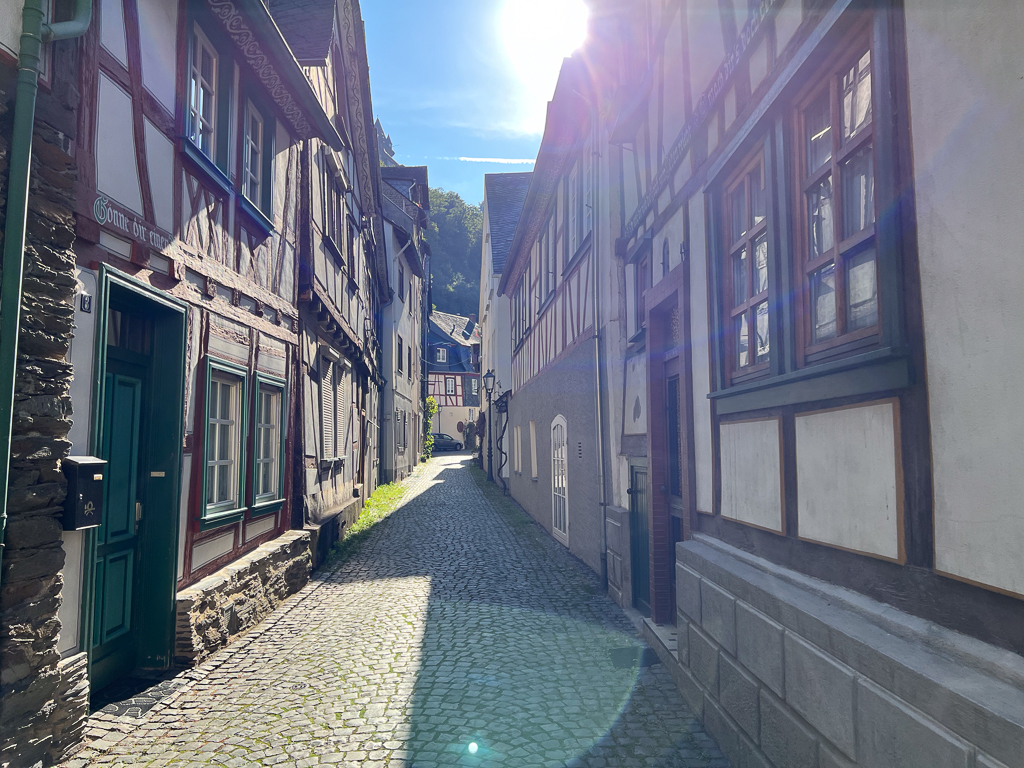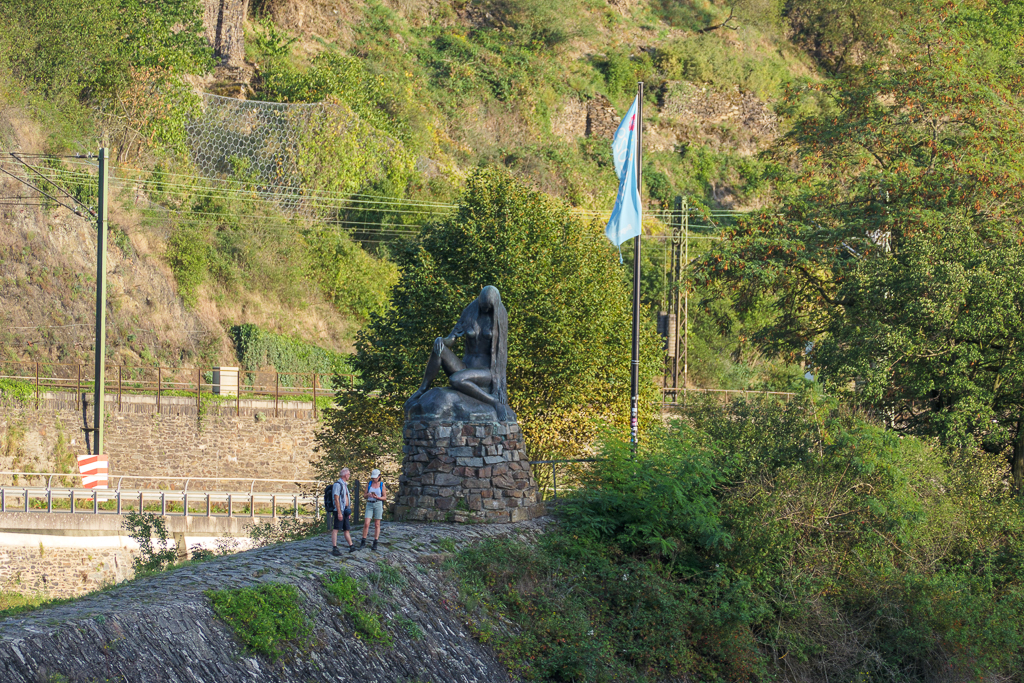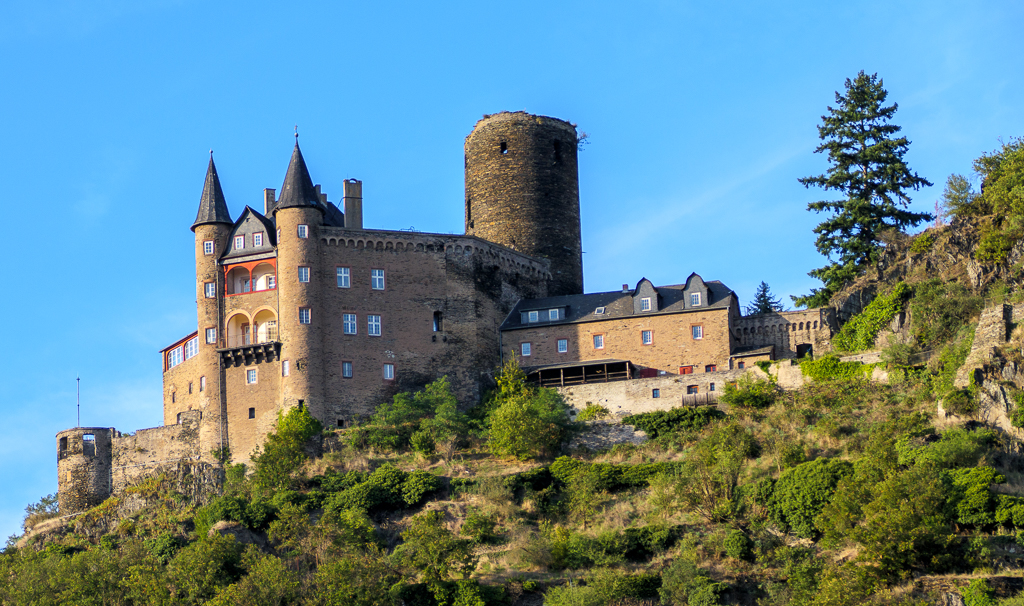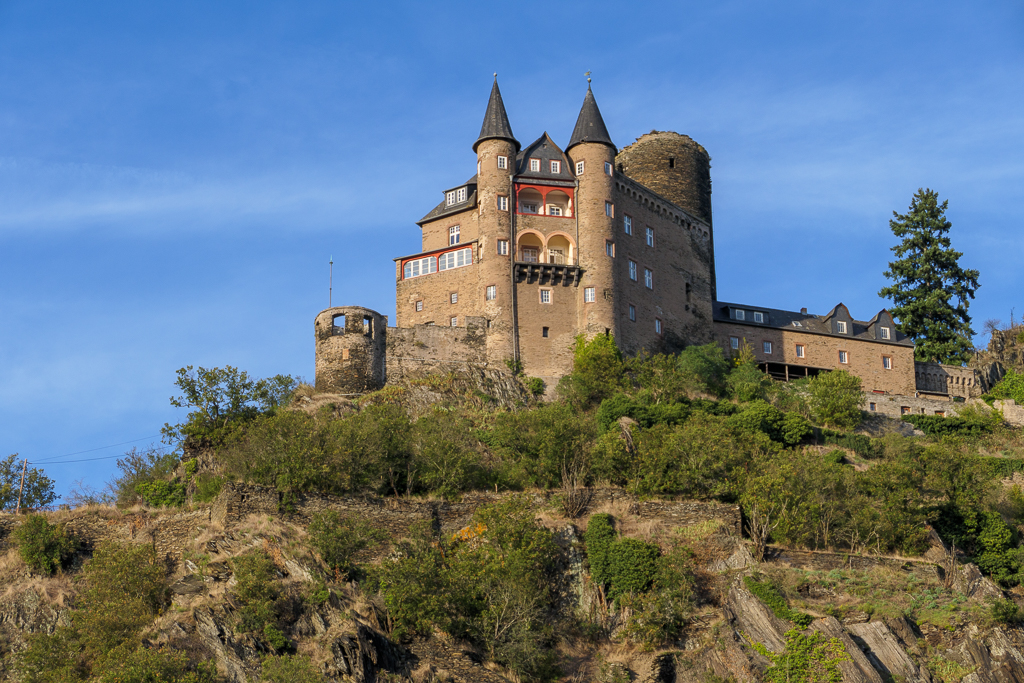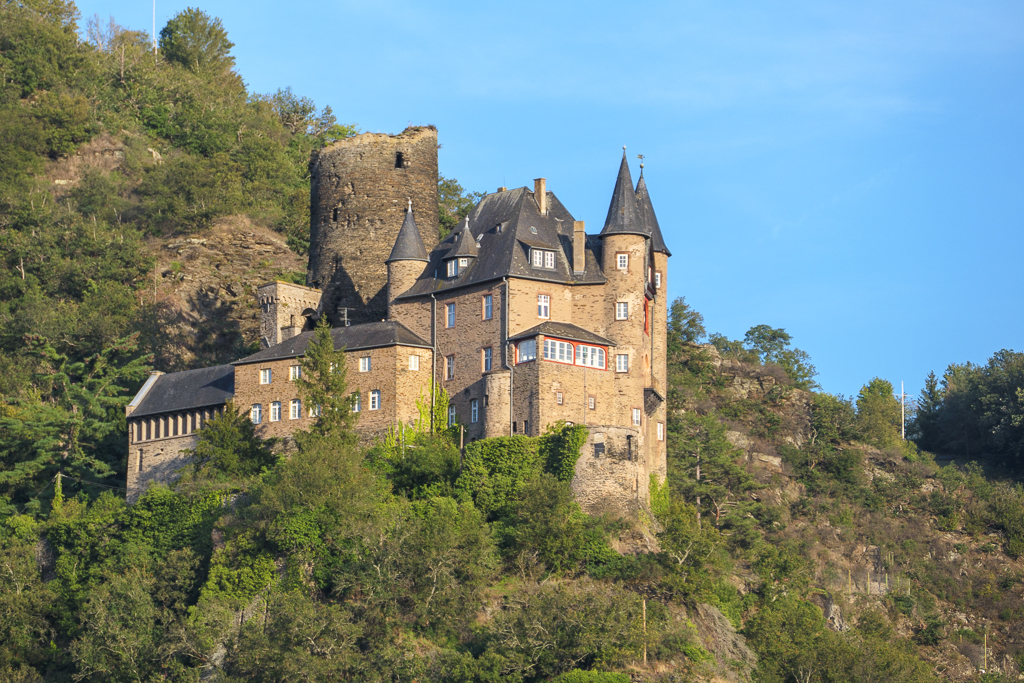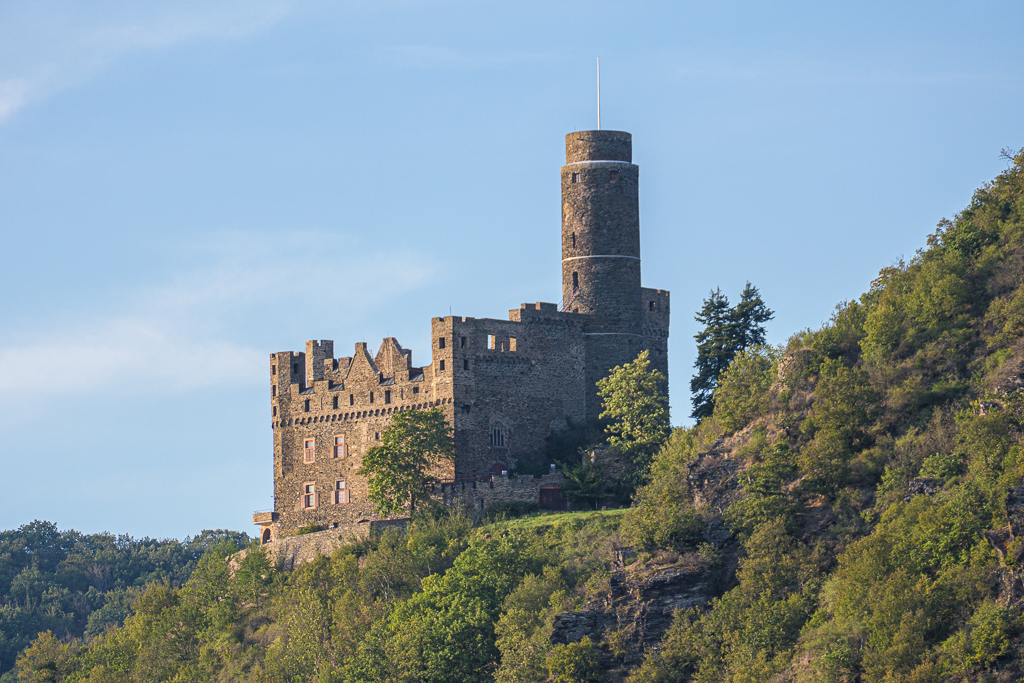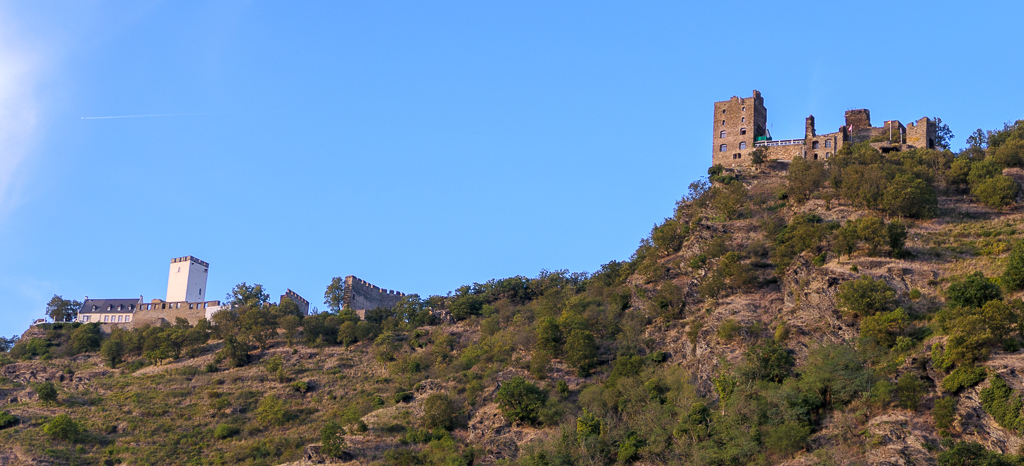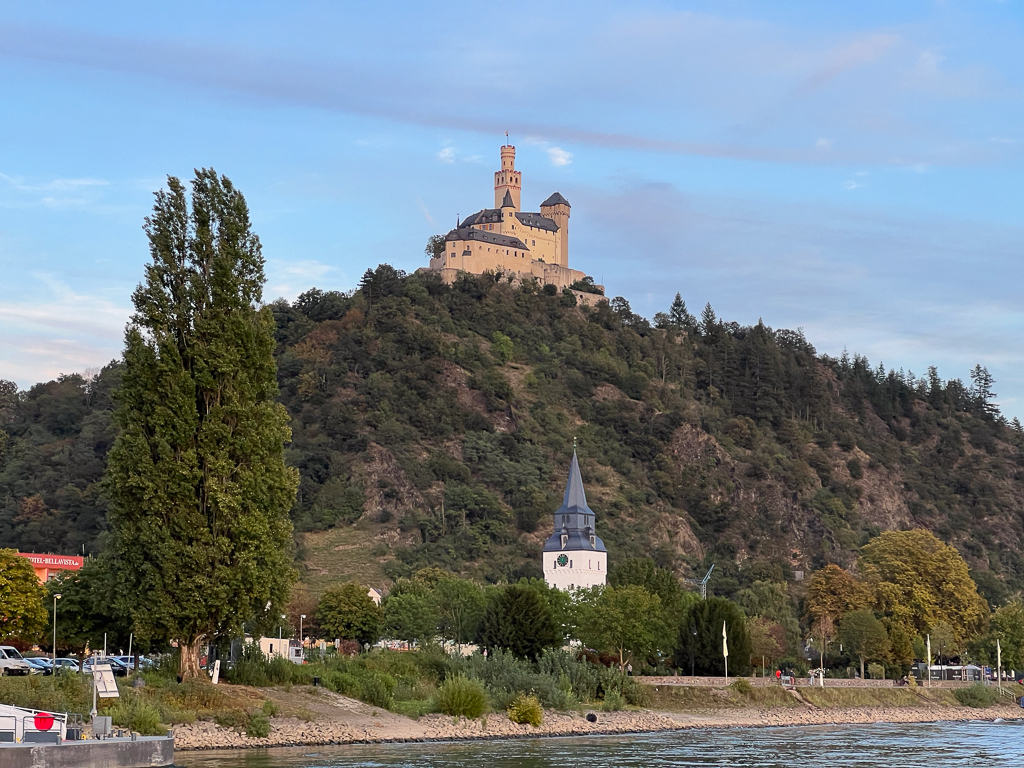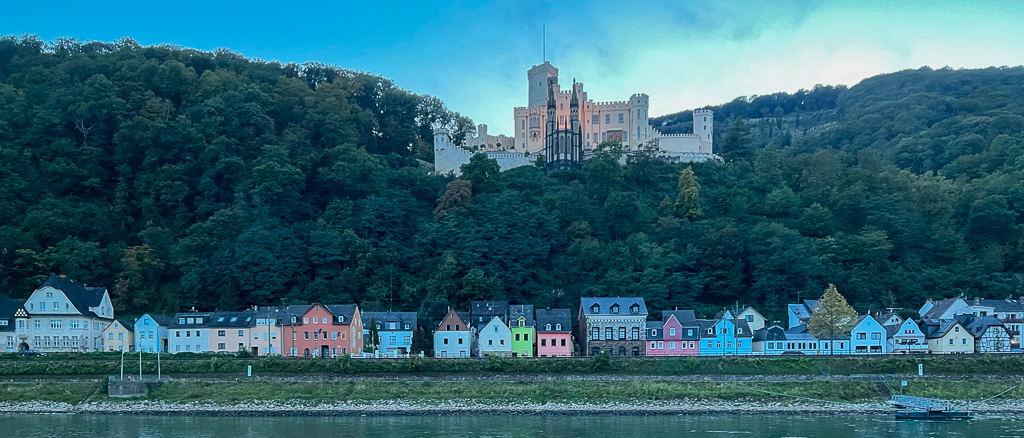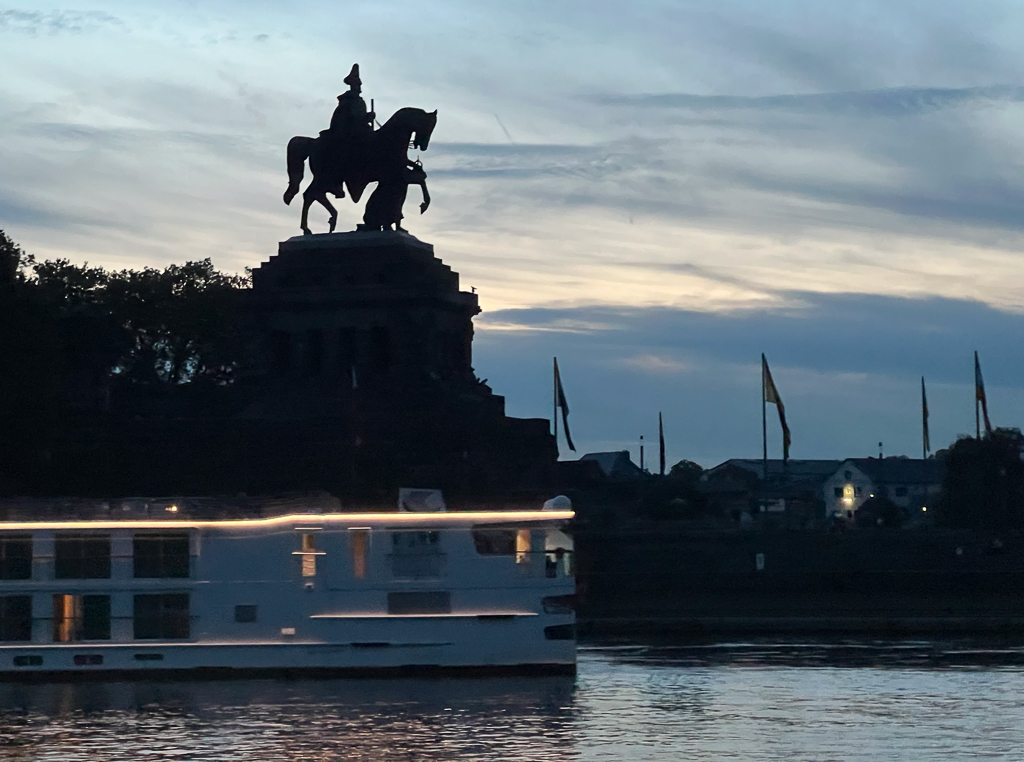There were two tours offered in Cologne – a 90-minute walking tour (with treats) or a 4.5-hour Jewish Heritage Tour (no treats). There were only six of us on the Jewish Heritage Tour, which made for an intimate morning with our guide, Irena. She isn’t Jewish but is knowledgable about Jewish history in Cologne; she was also willing to say “I don’t know” when the questions got beyond her level of Jewish knowledge.
We began by dodging the crazy bicyclists on the Rhine Promenade as we walked to Fishmarkt Square, where we sat and listened to the story of the Jews of Cologne and their relationship to the Archbishops during the early part of the Second Millennium. We could see Great St. Martin Church behind the Fishmarkt Fountain.
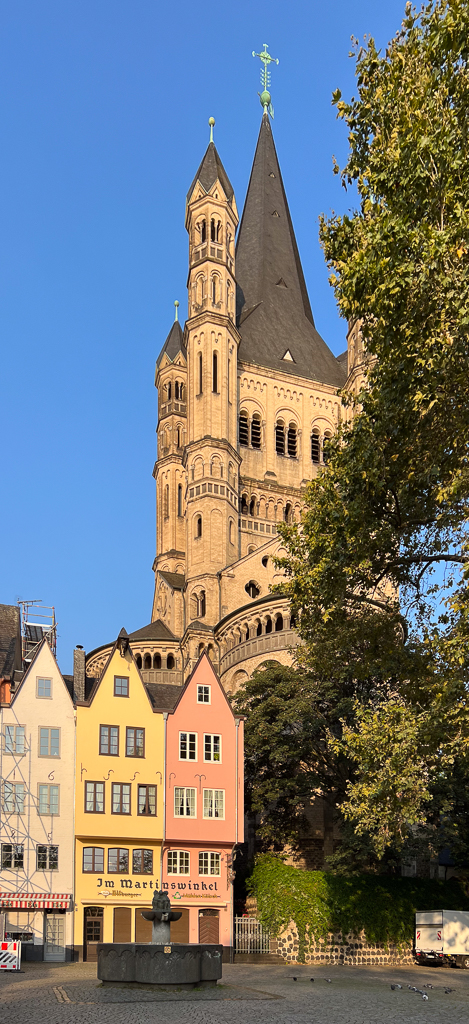
We continued walking and talking, passing the Paolozzi Fountain before beginning our ascent towards the Cathedral.
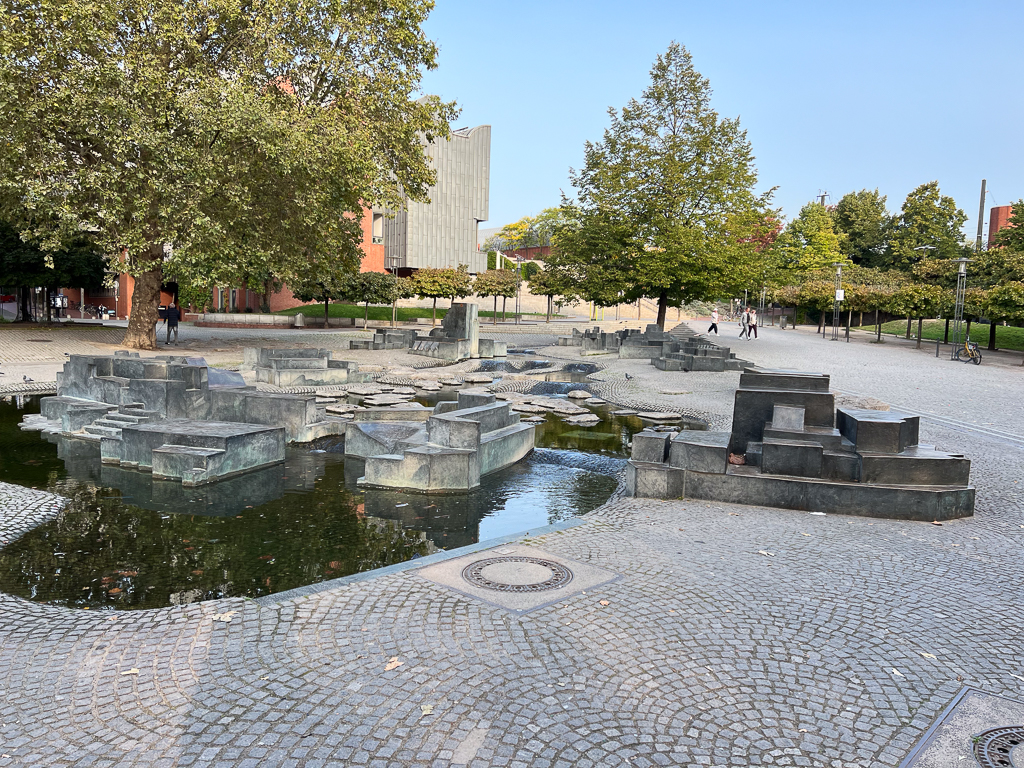
Israeli artist Dani Caravan was commissioned to create an outdoor piece – Ma’alot – located where the final 6377 Jews living in Cologne in 1941 were loaded onto trains and sent to extermination camps. This blog post describes the work and some of its interpretations; I think it’s worth reading for yourself.
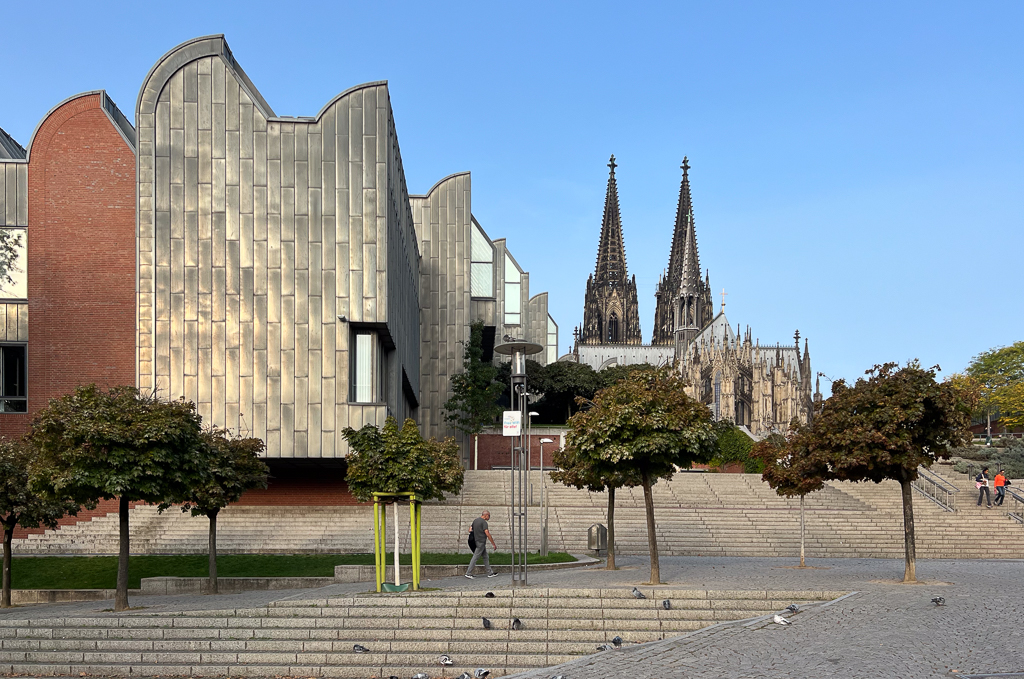
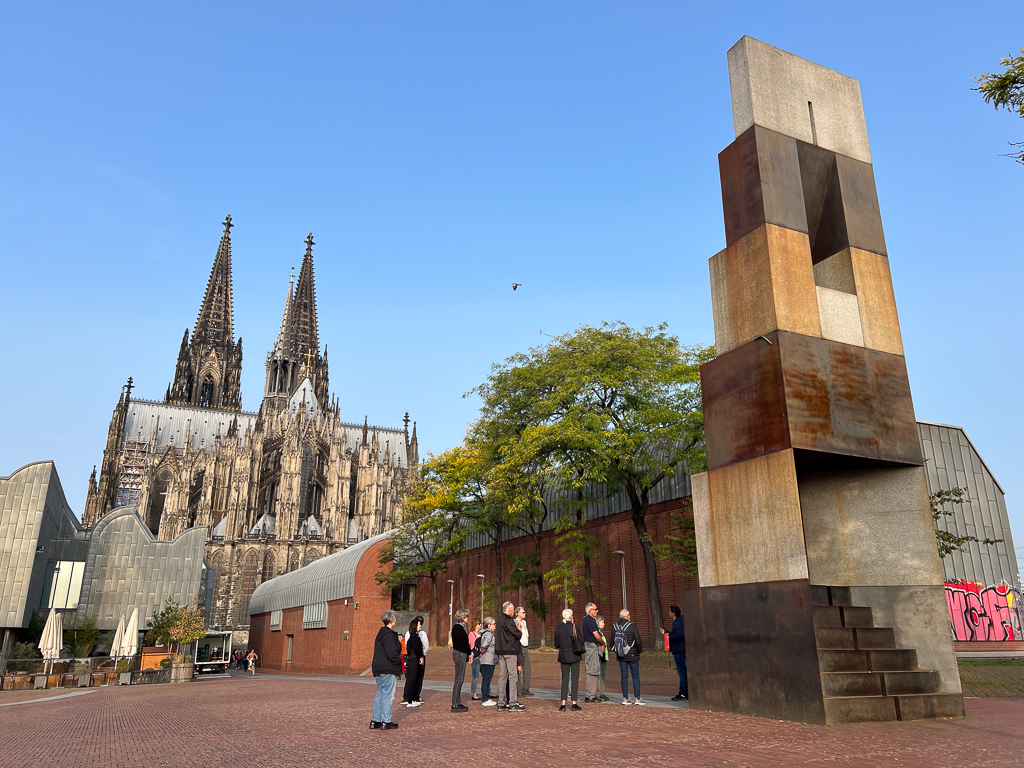
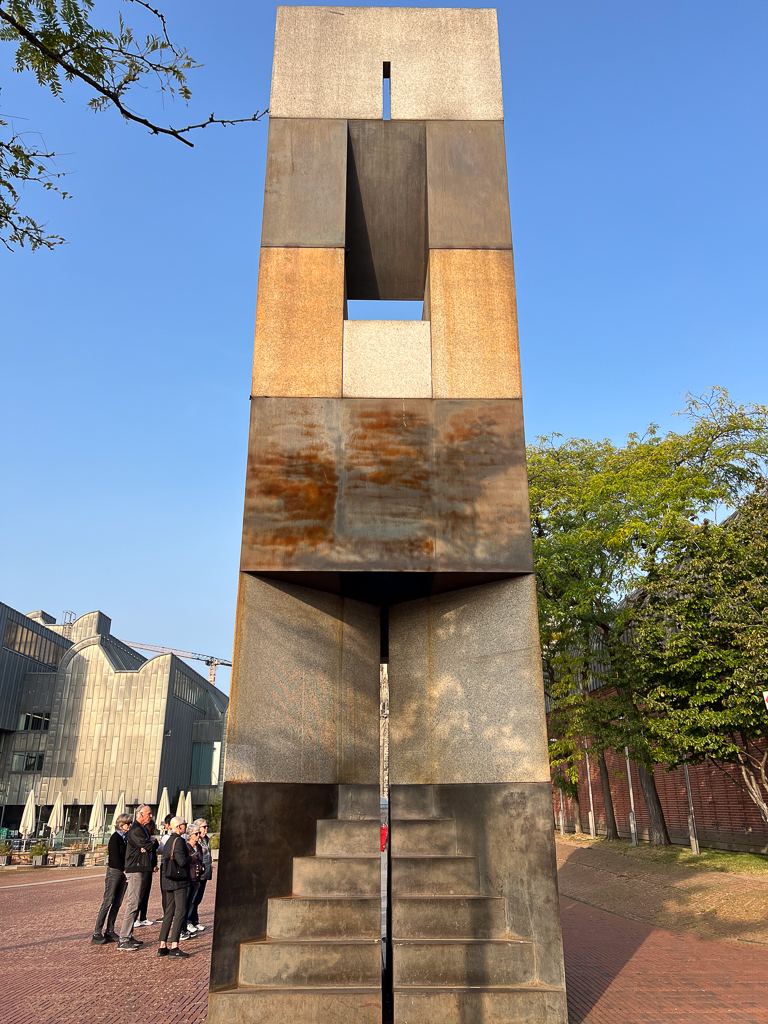
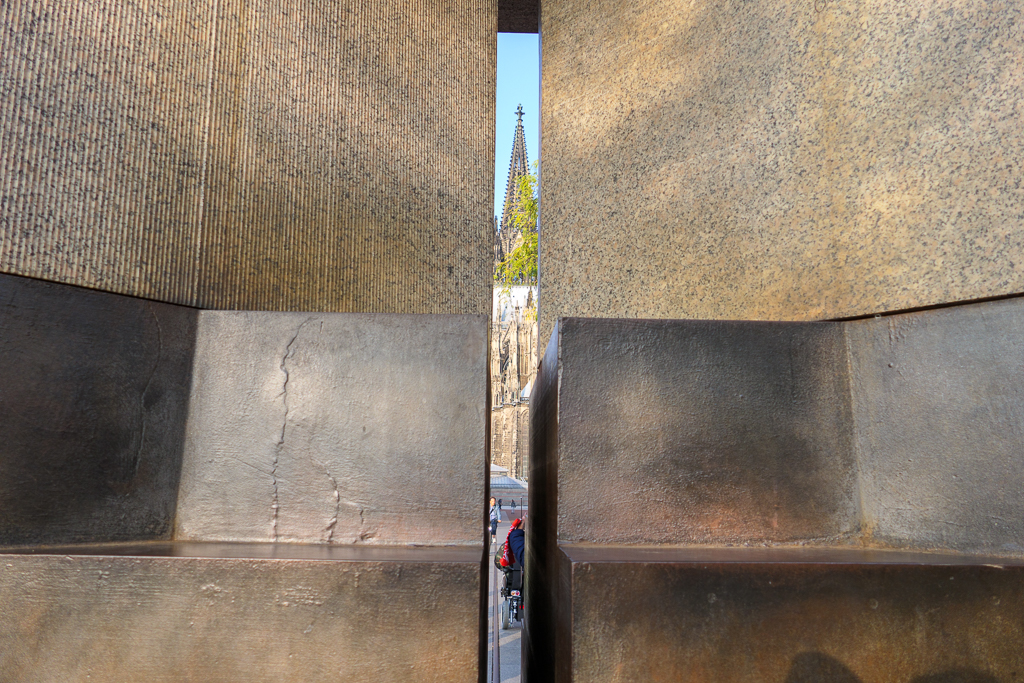
We finally got close enough for a clear view of the back half of the Cathedral (which was the first part that was built, starting in 1248 and pausing in 1473).
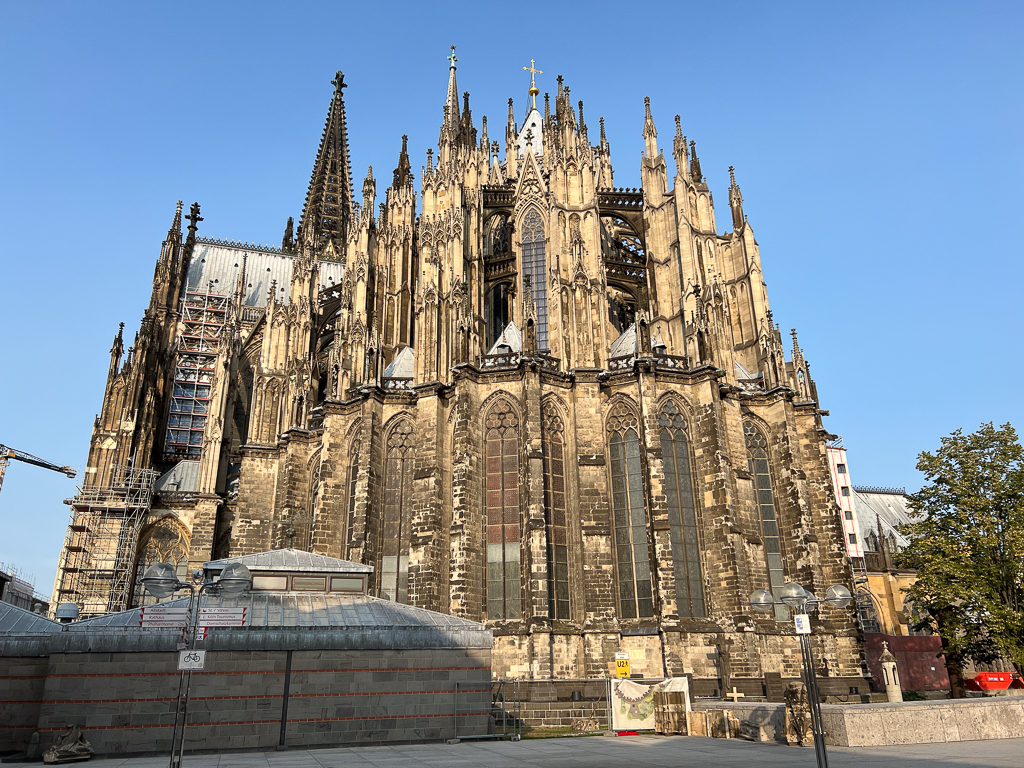
Irena pointed out that some of the gargoyles on the Cathedral were explicitly antisemitic; there was one showing a monstrous Jew wearing a tallit, and another one showing a “Judensau” (a pig with Jews suckling at her teats). There have been many recent controversies in Germany about removing such “art” – some even going to court, but it’s still there.
Work resumed on the Cathedral in 1842 and it was officially completed in 1880; Emperor Wilhelm I attended the ceremony. Leading families, including Jewish families like the von Oppenheimer family, donated stained glass windows for the Cathedral – I wonder if any other Christian churches have stained glass which shows a synagogue?

There’s a lot of other stained glass in the Cathedral, too, of course.
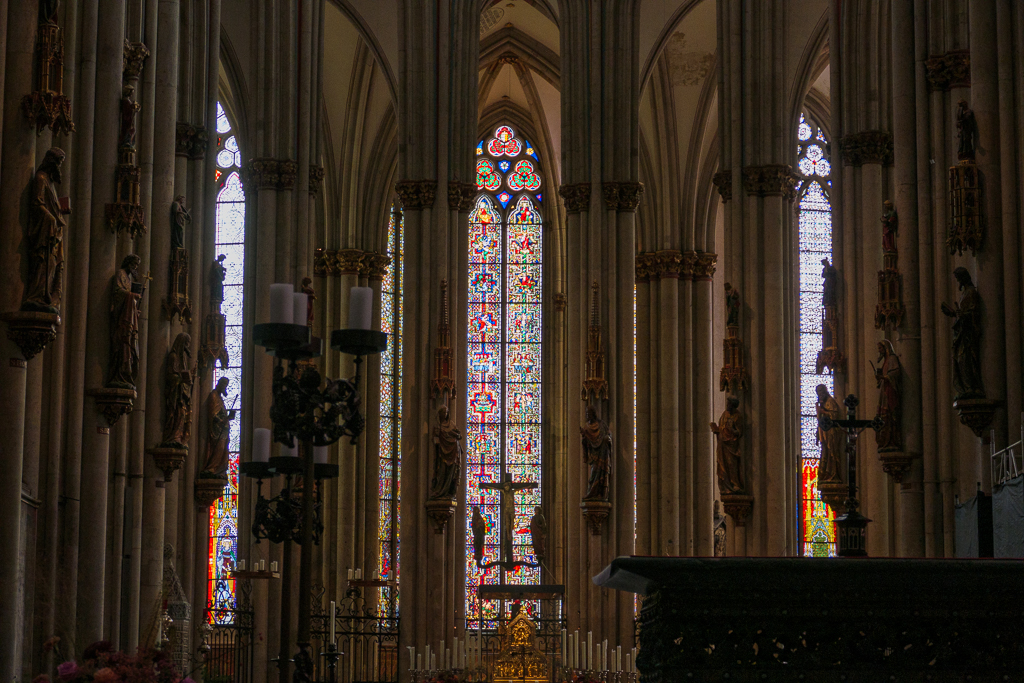

The Cathedral was originally built to house the Relics of the Three Kings; I didn’t see them, but I did see the Tomb of Gottfried IV.

We left the Cathedral and walked past the site of the old Jewish quarter; they are building a new Jewish museum, but there was nothing to see there today.
We boarded a bus to visit the Yavne Memorial and Educational Center, located on the site of the Jawne reform grammar school, whose headmaster, Erich Klibansky, helped to organize the Kindertransport and save dozens of German Jewish children from the Nazis. Klibansky and his family, along with at least 1100 children and young people, did not escape and were transported from Cologne and murdered by the Nazis.
We began by seeing the Lion’s Fountain Children’s Memorial, which has the names of the children murdered by the Nazis.
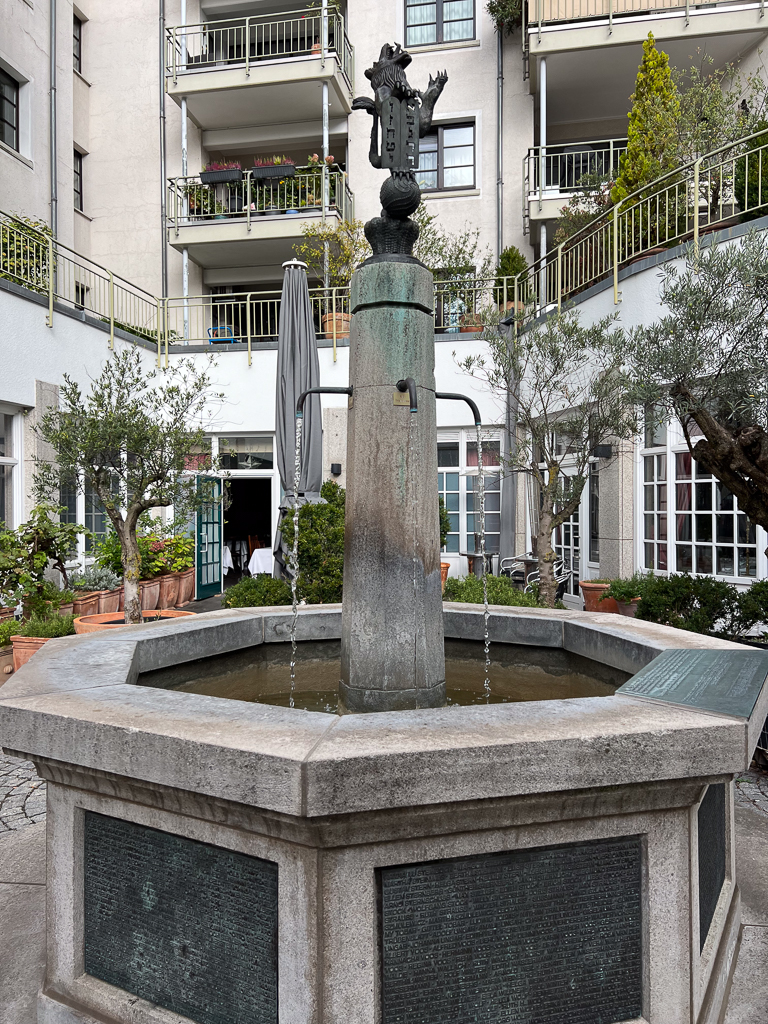
We heard about the history of the school and the work to preserve its memory; our guide showed us a couple of short videos about the visit of one of the survivors (whose family had escaped to the Netherlands and then to the US) and his grandson. And then we heard from Gabi, an Israeli-German activist, about his efforts to keep the mainstream media from normalizing antisemitism in today’s Germany.
I would have liked to have had time to see the exhibits at the school but we had to get back on the bus to return to the ship.
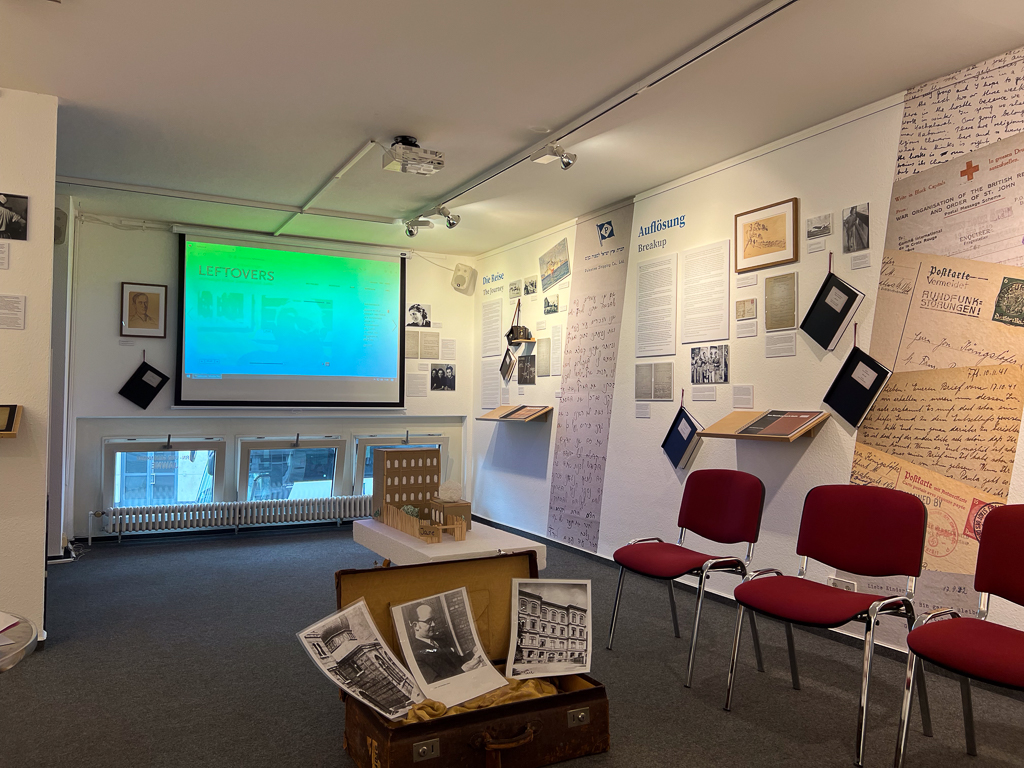
We drove past the Roonstrasse Synagogue, the only Cologne synagogue not to have been completely destroyed on Pogrom Night; it was saved because its neighbors were afraid it would take their houses with it if it burned, so they called the fire department! It is once more an active synagogue, and is under continuous police guard.
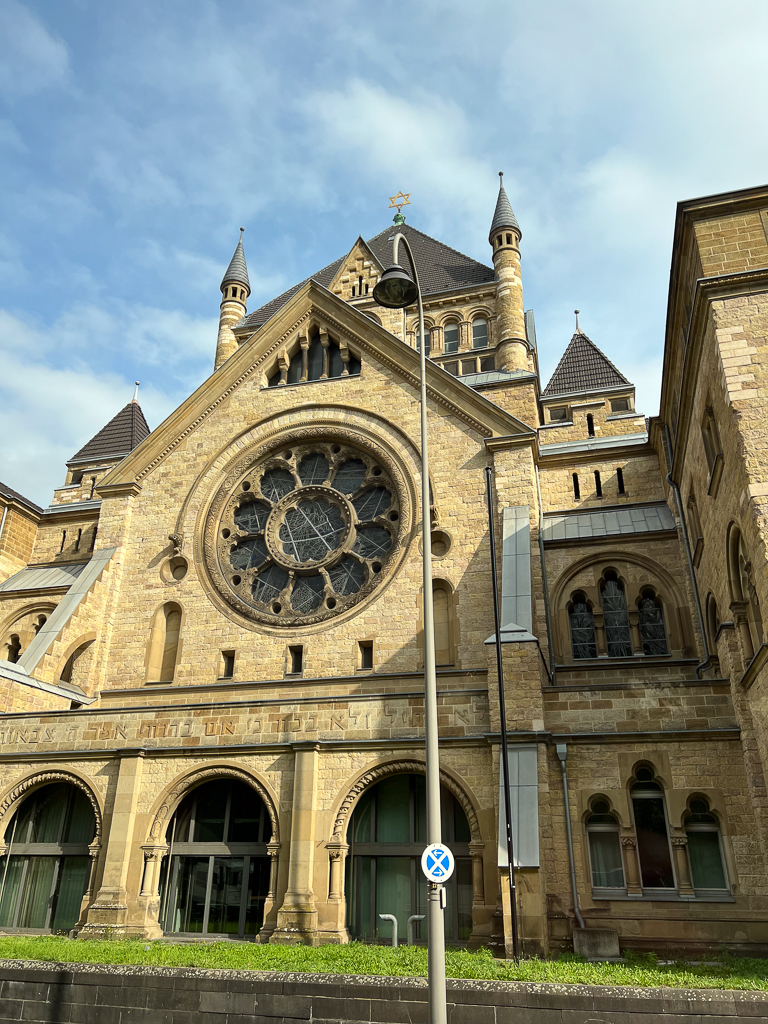
After lunch, we set forth to try the local beer, kölsch; Irena suggested we go to Delftes Haus, not far from the ship, so we did. Both of us thought it was too bitter (but not very hoppy), but I’m glad I tried it.
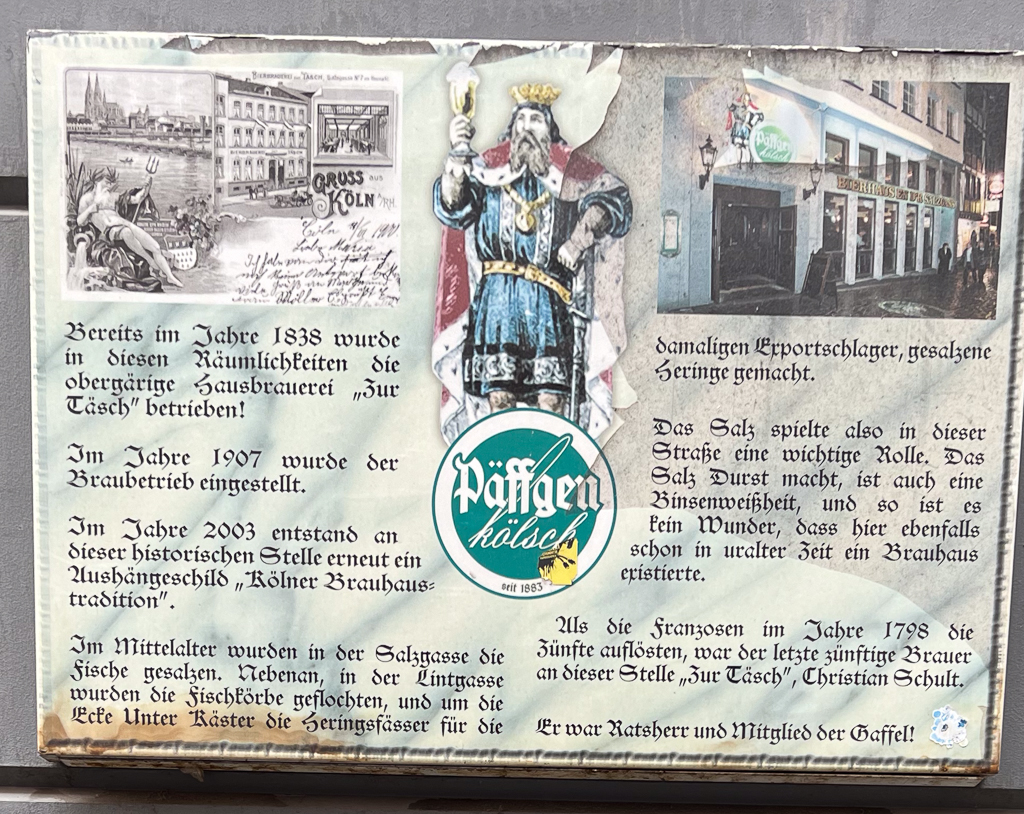
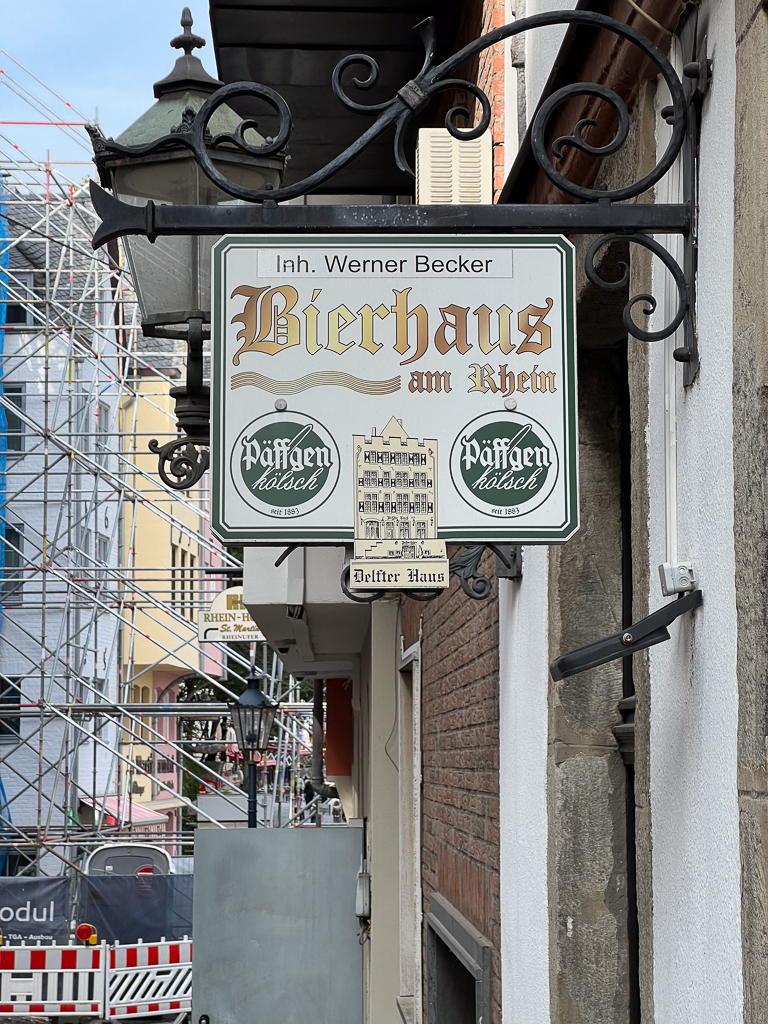
We took a short walk through Heumarkt (yet another major market and restaurant square) and paid our respects to King Wilhelm III.
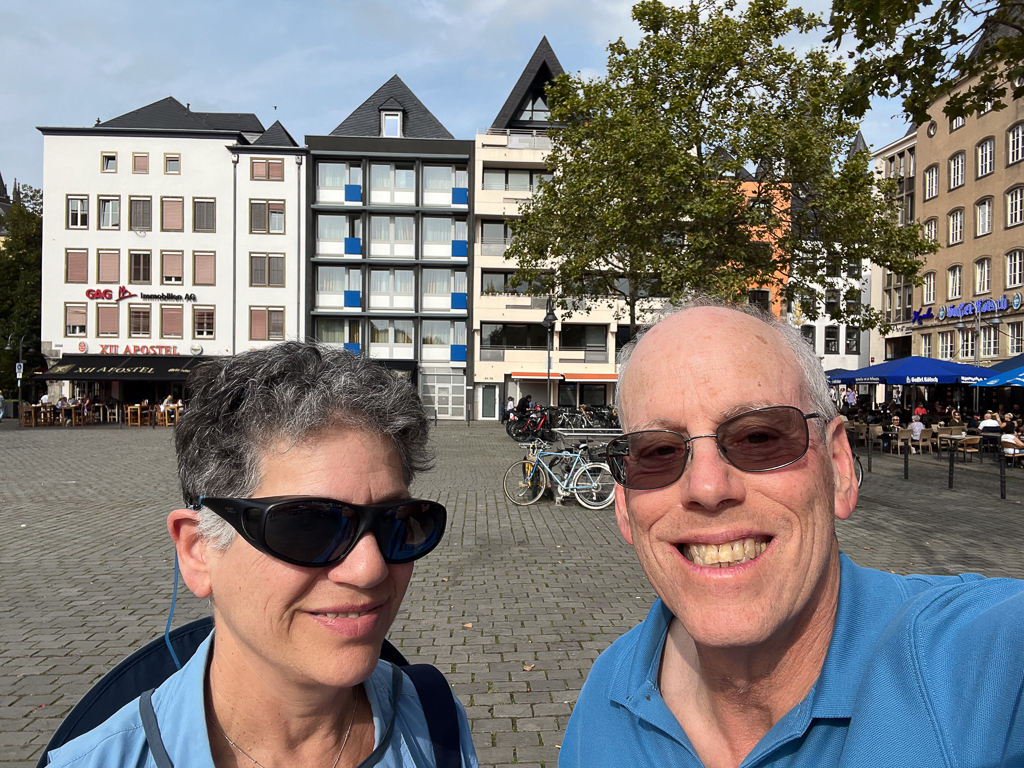

We had just enough time before All Aboard to visit the store at the Chocolate Museum and stock up for our trip home.
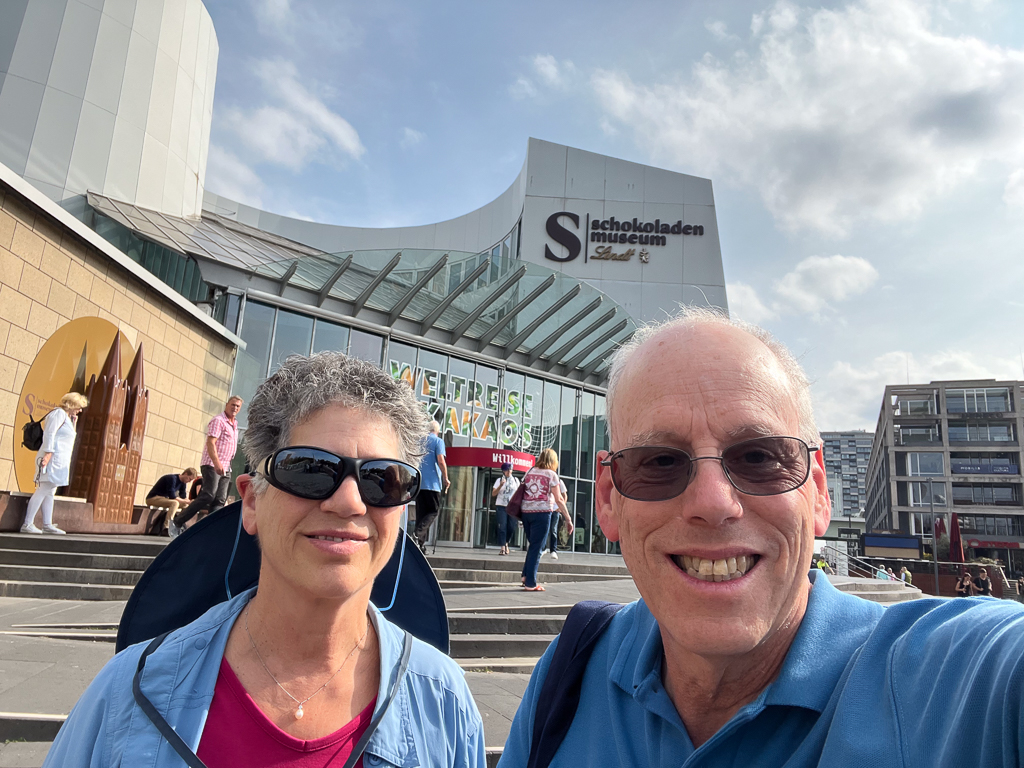
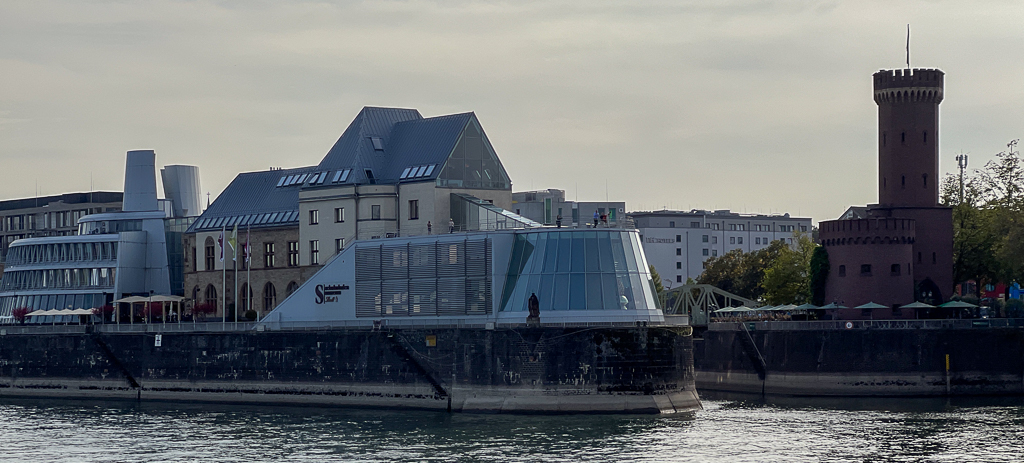
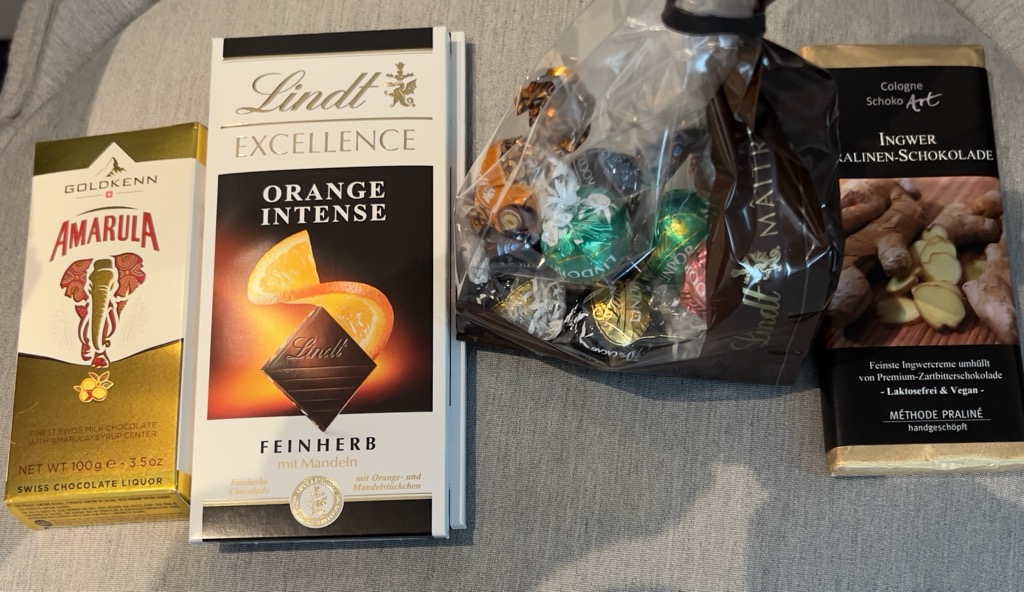
And that was it for Cologne except for views from the river as we sailed away.
